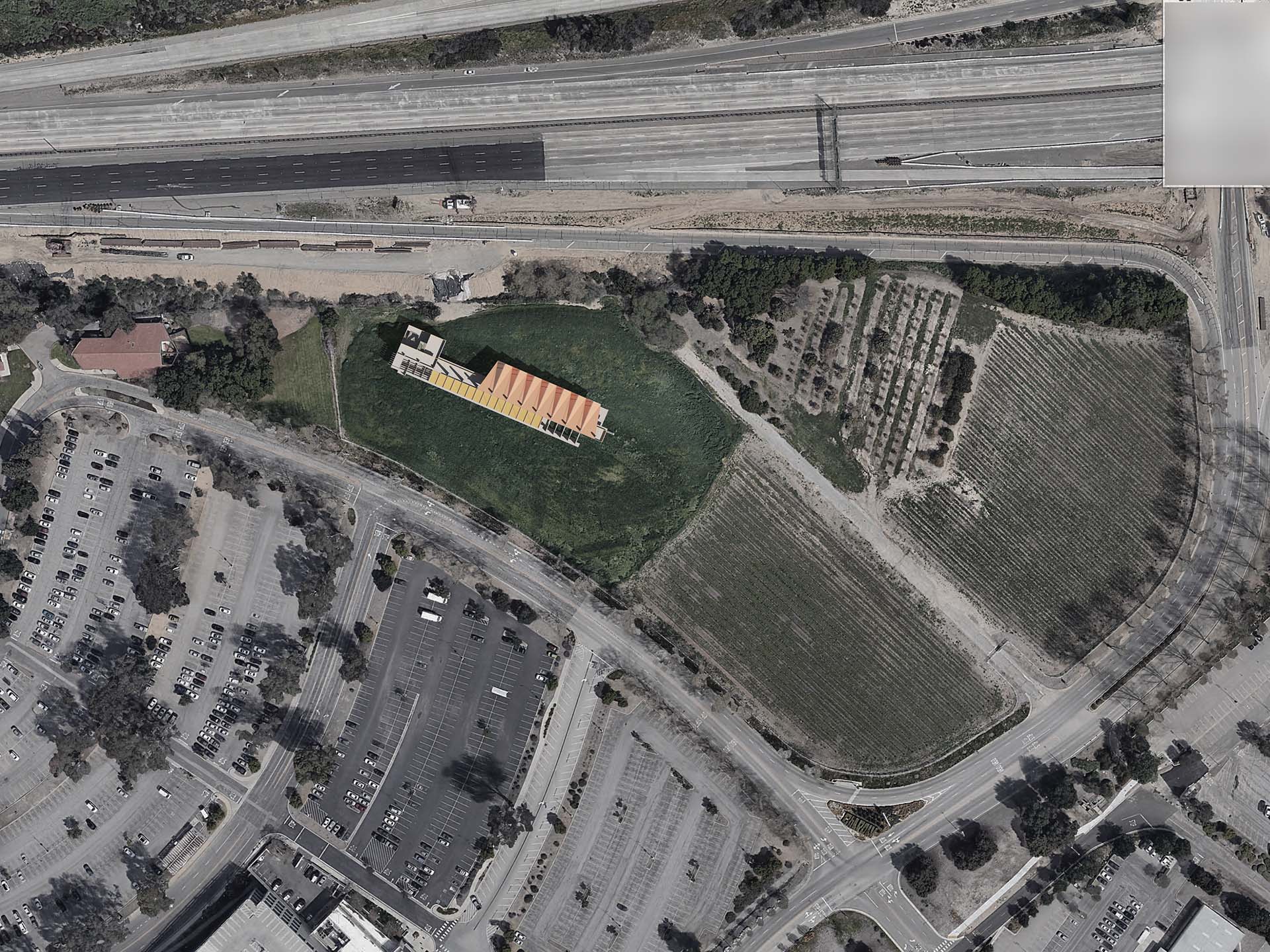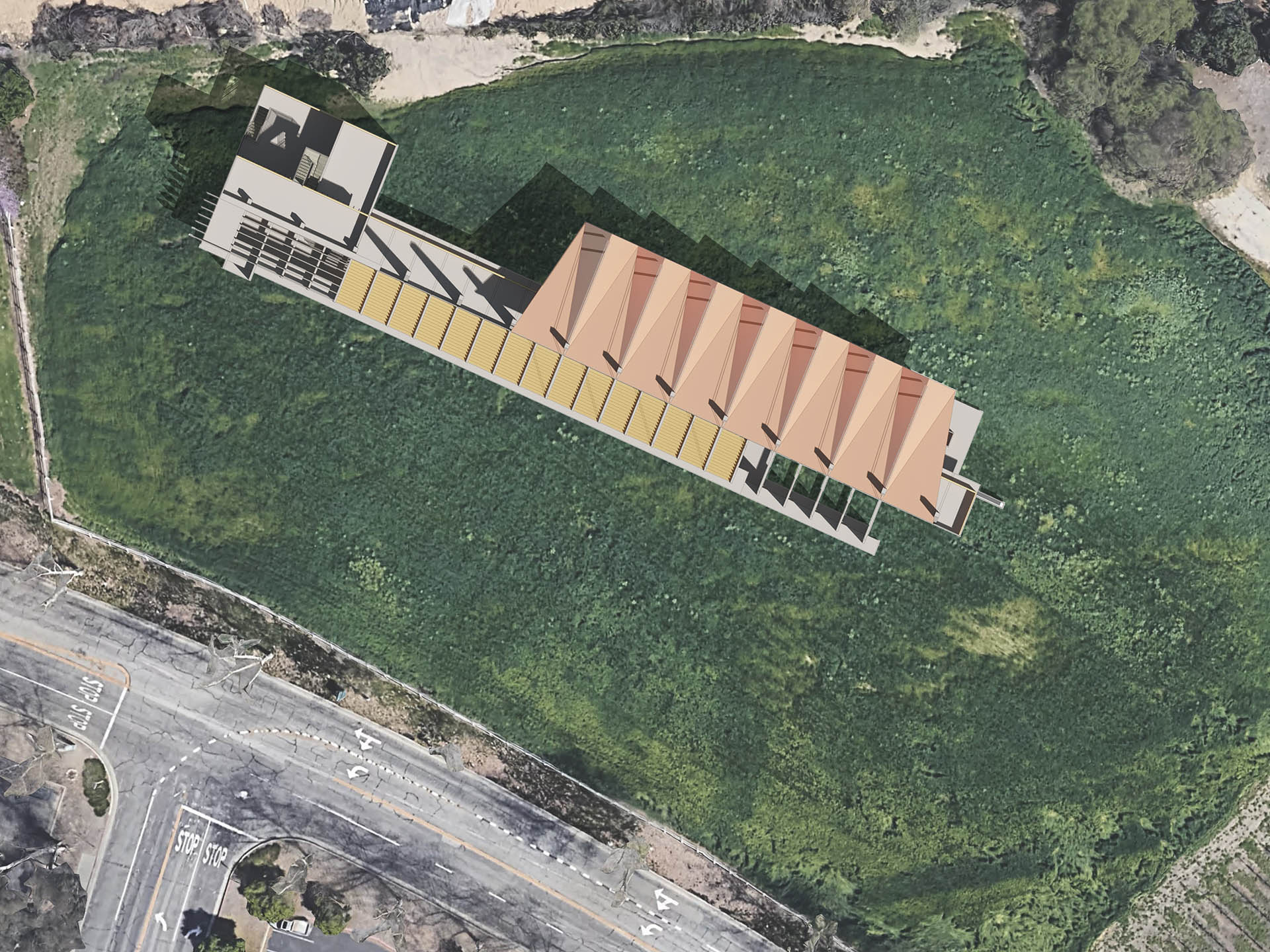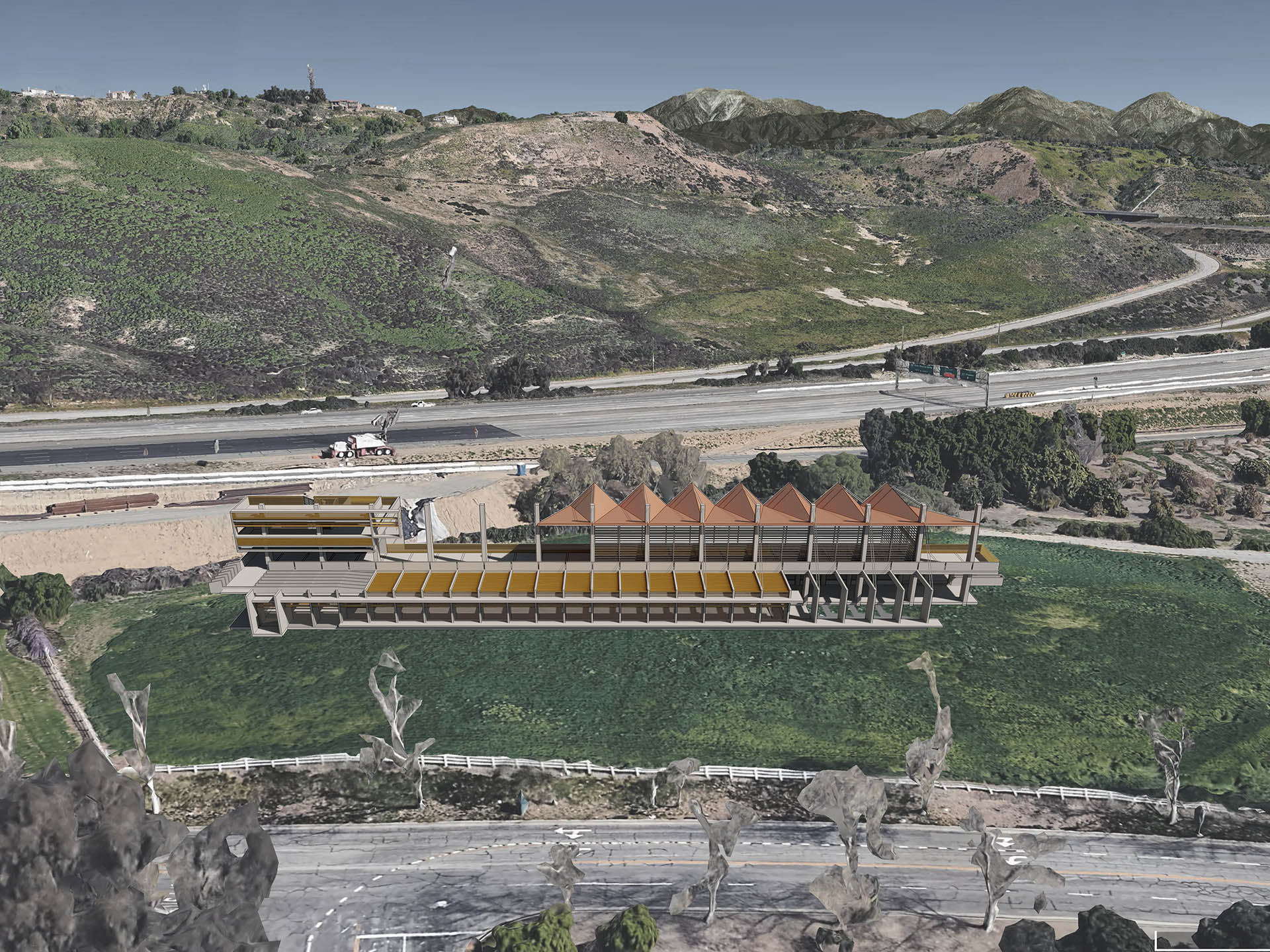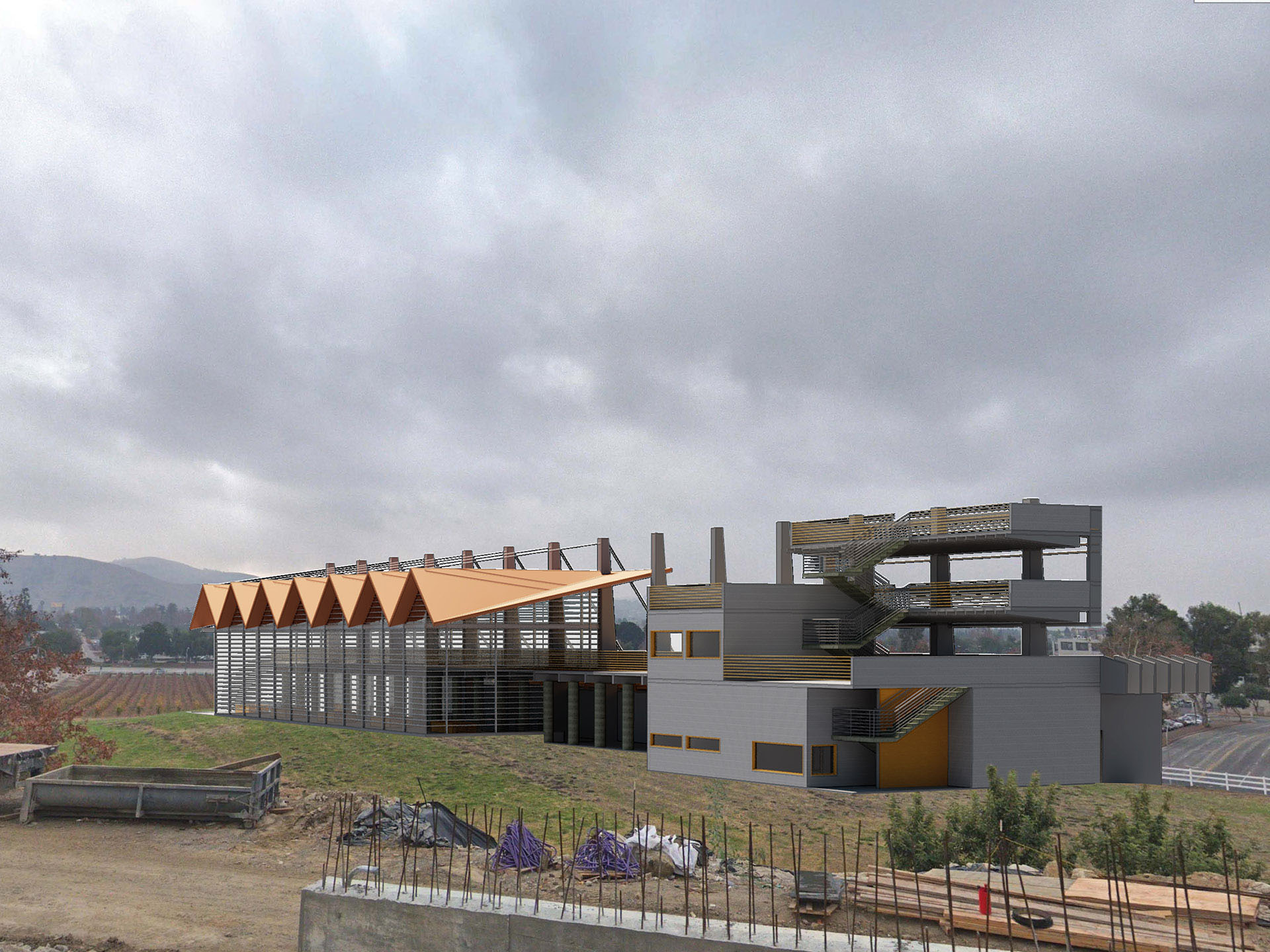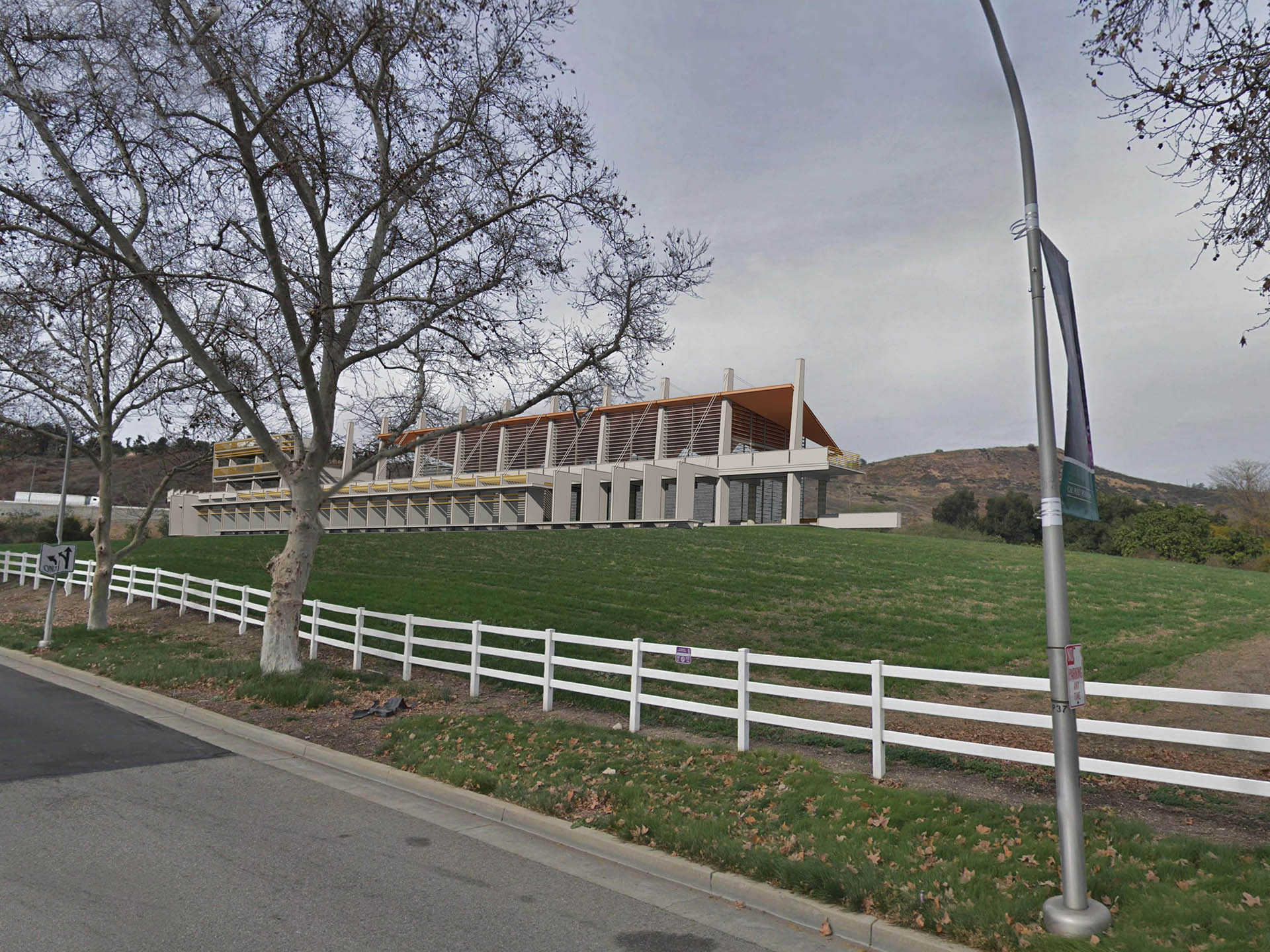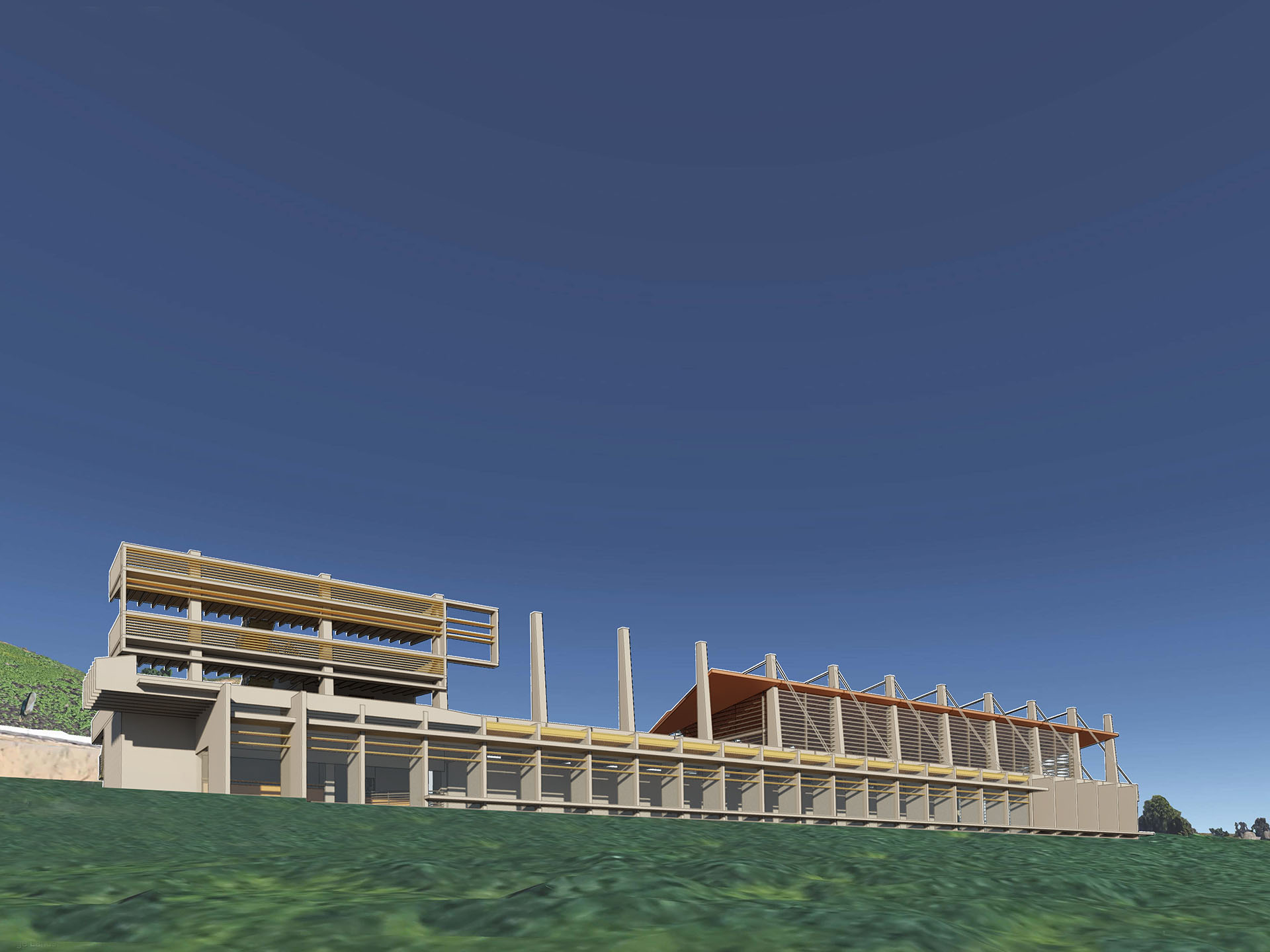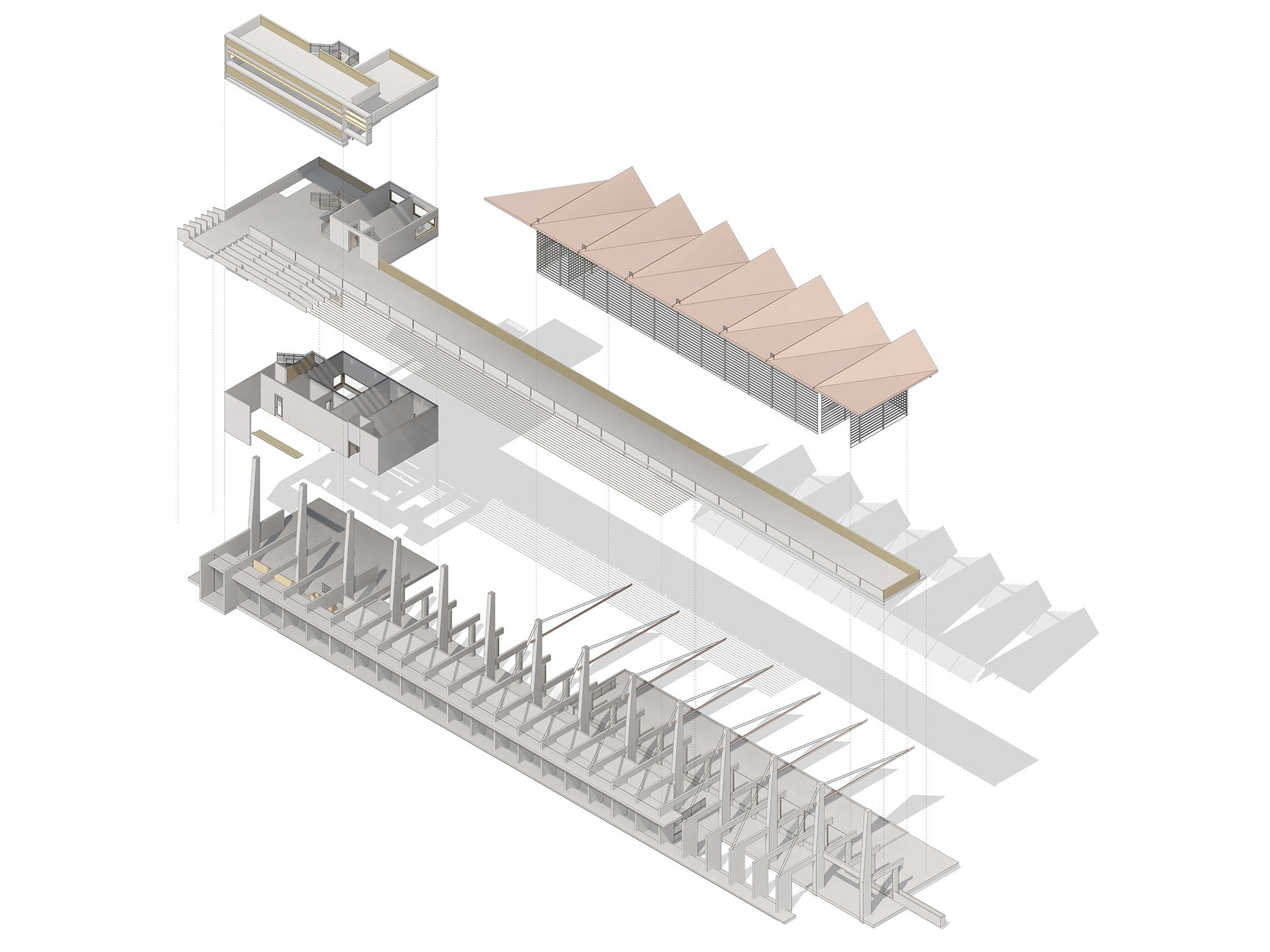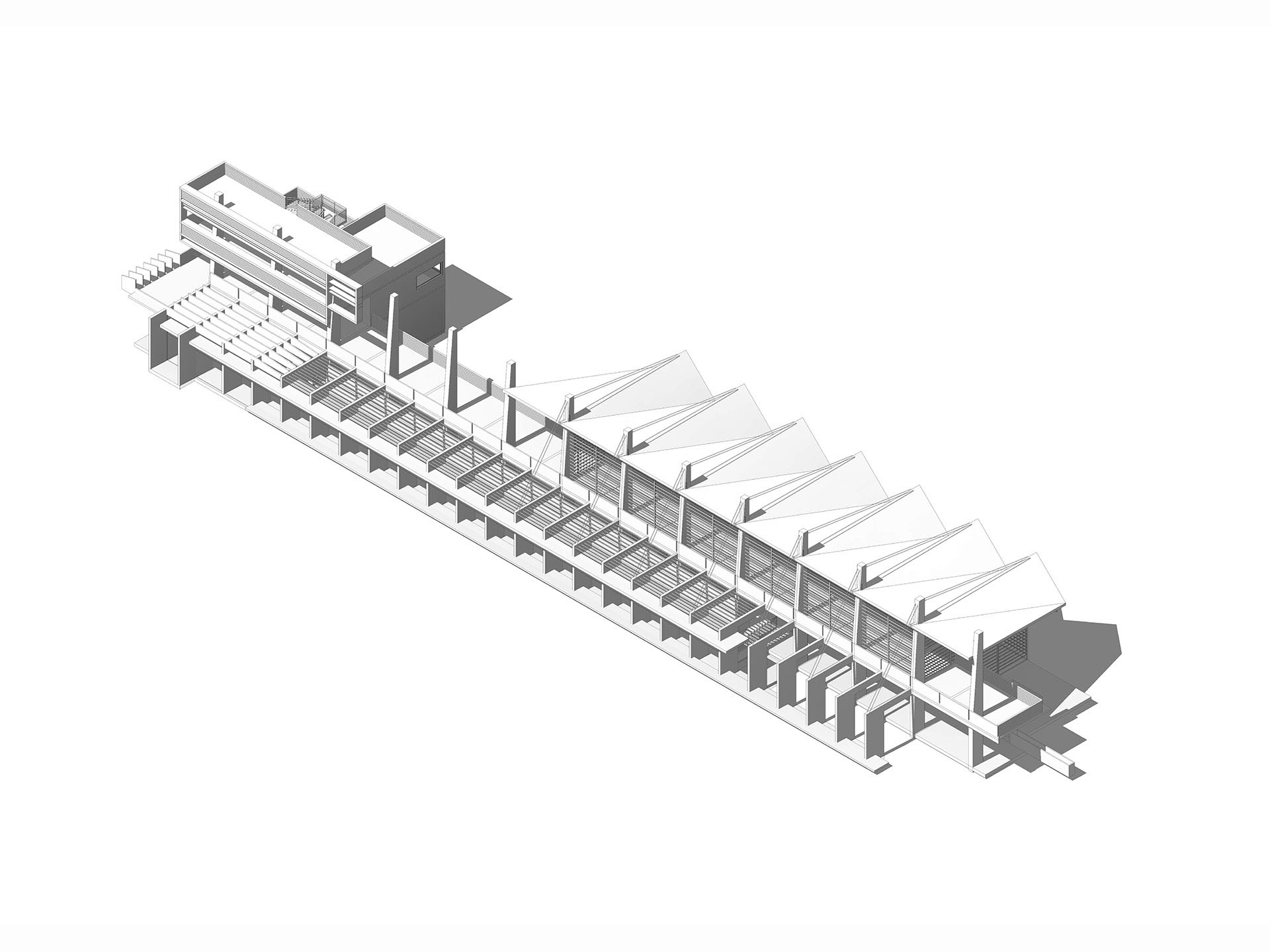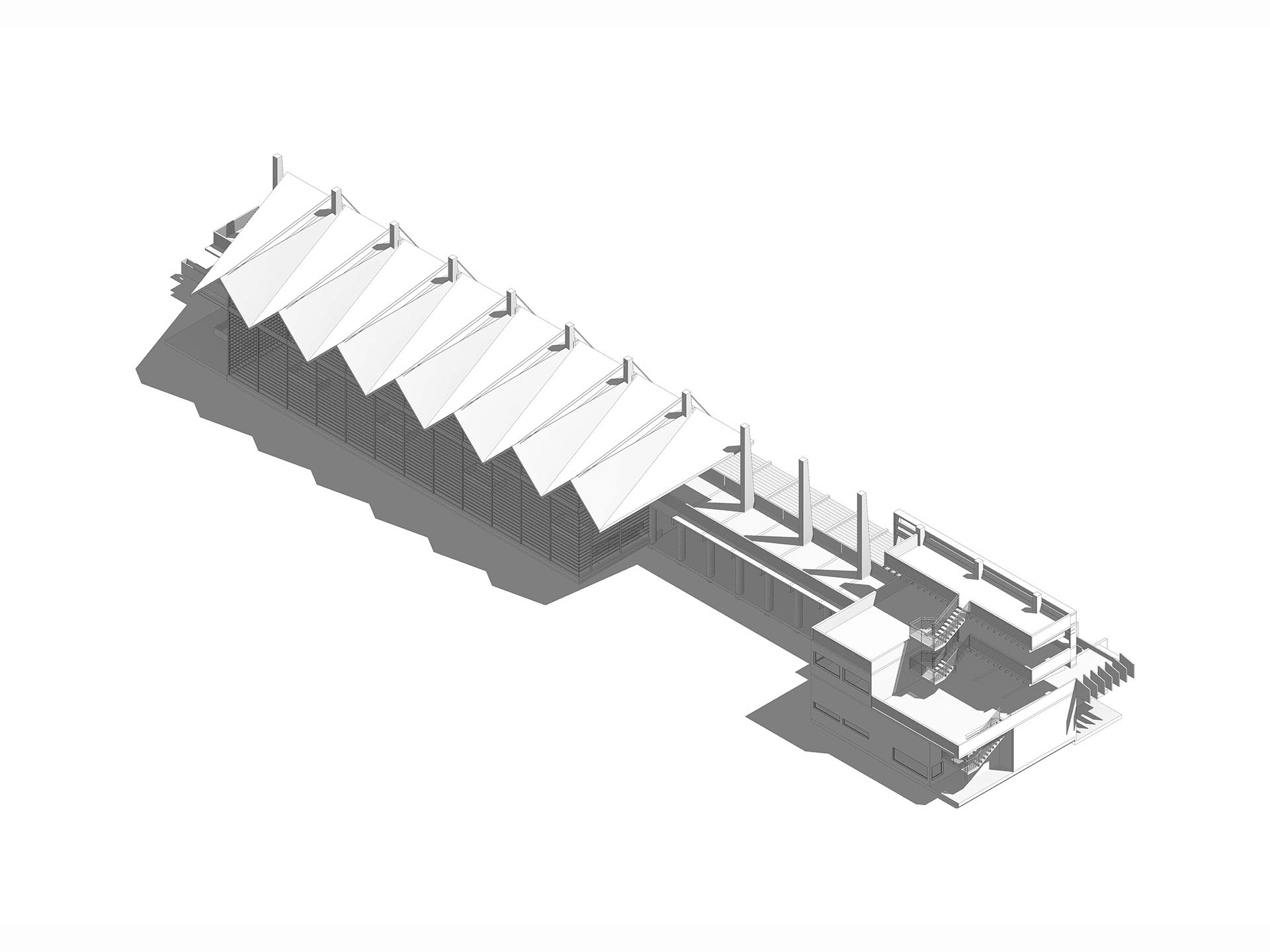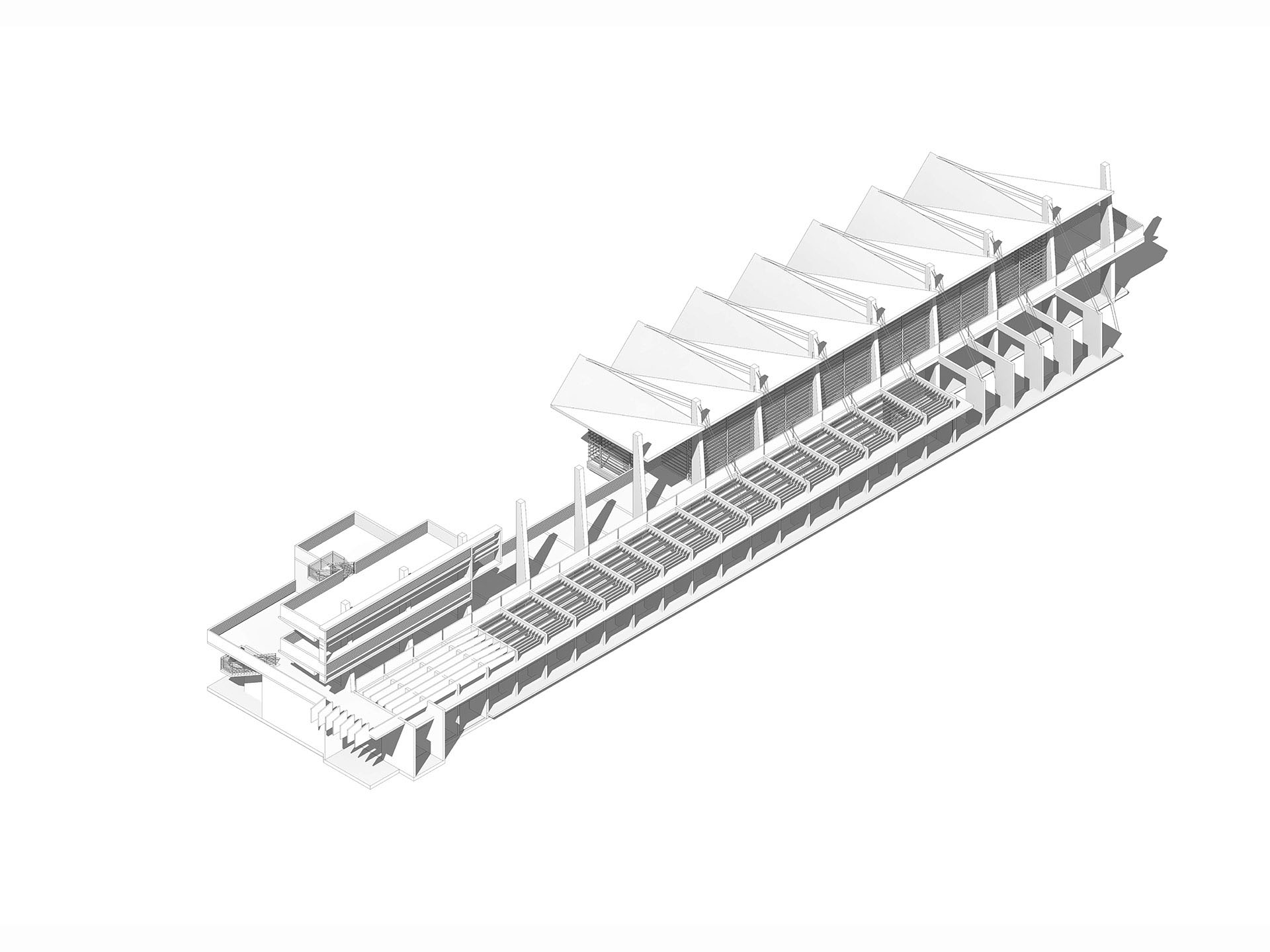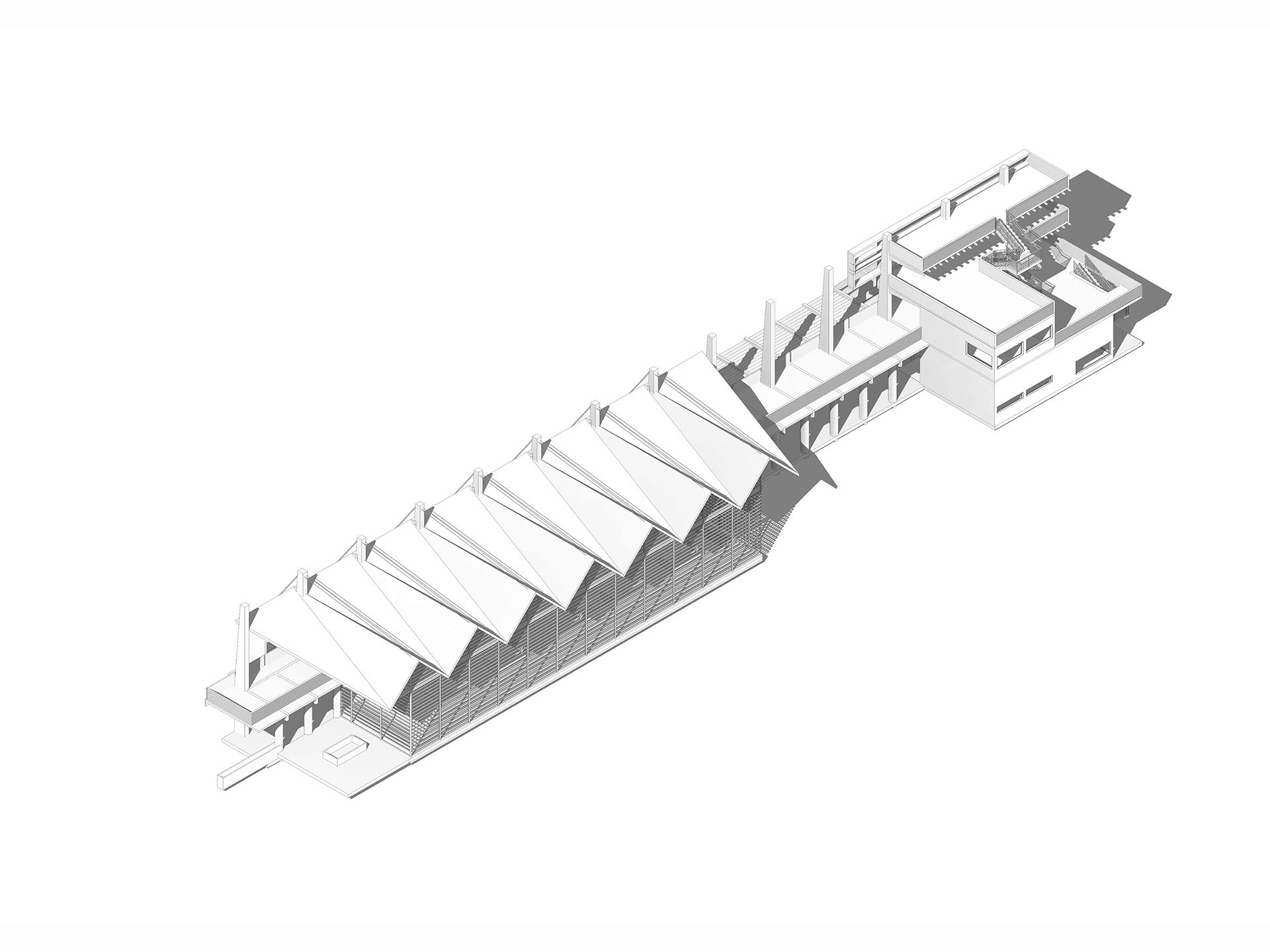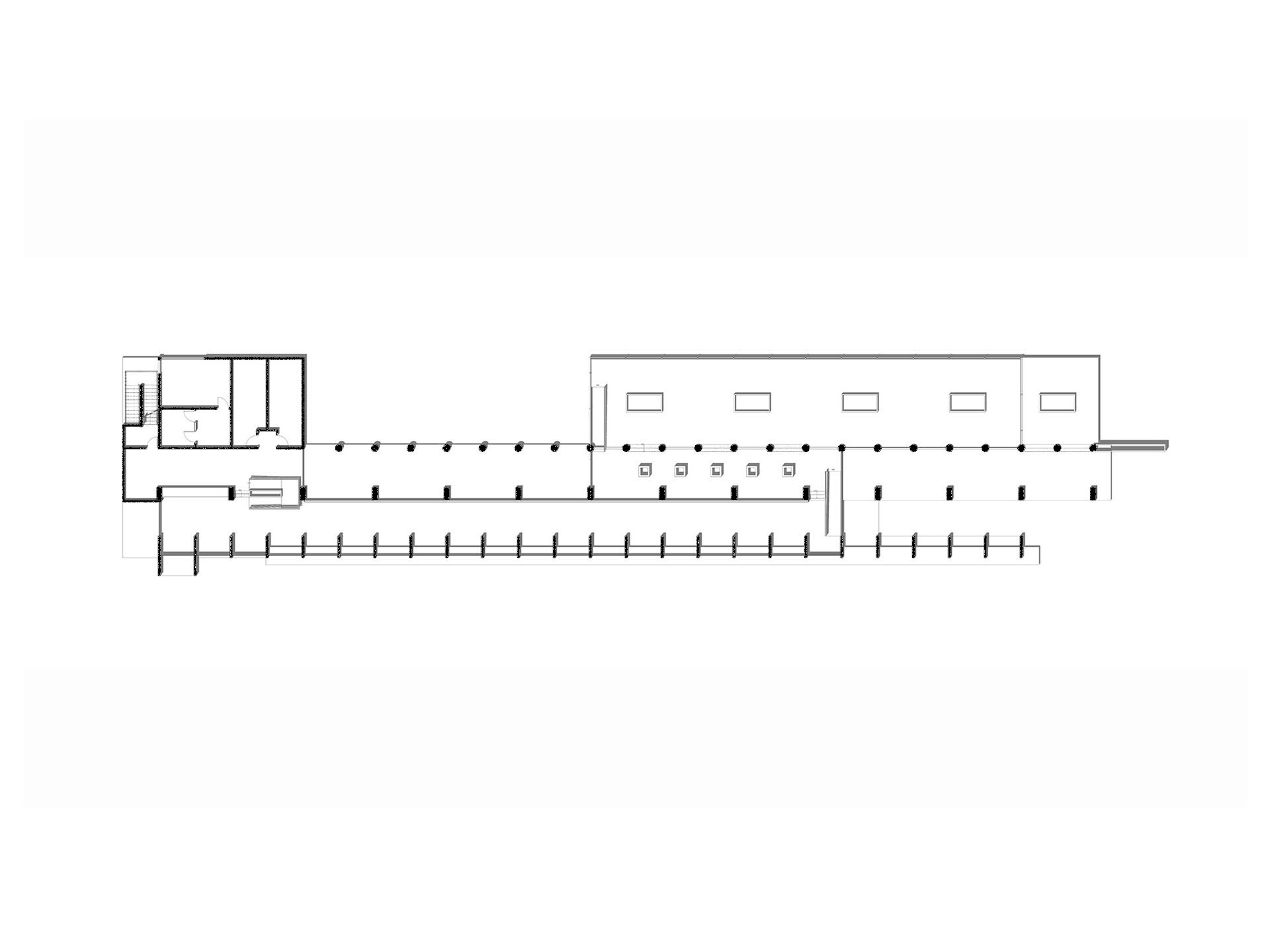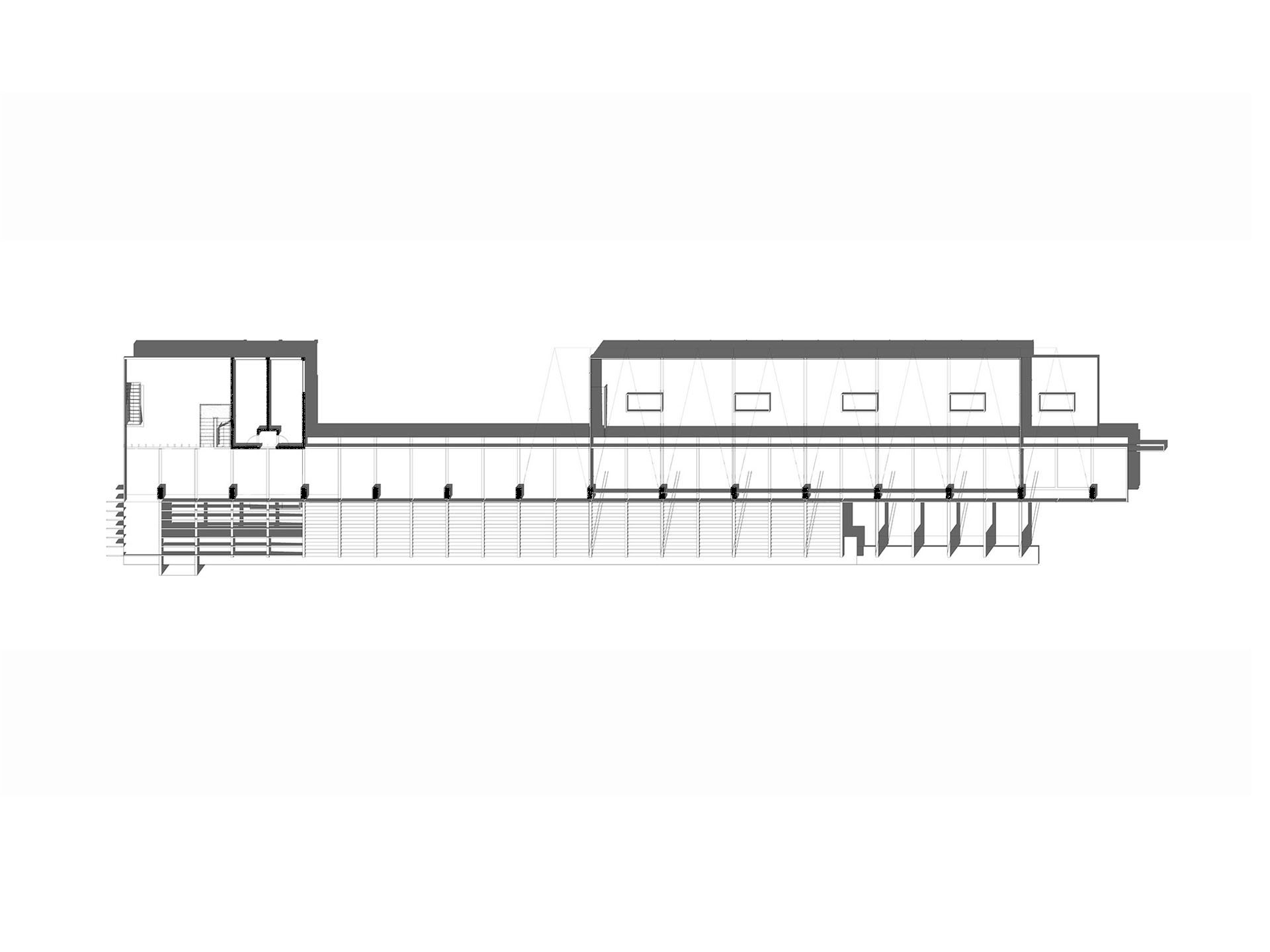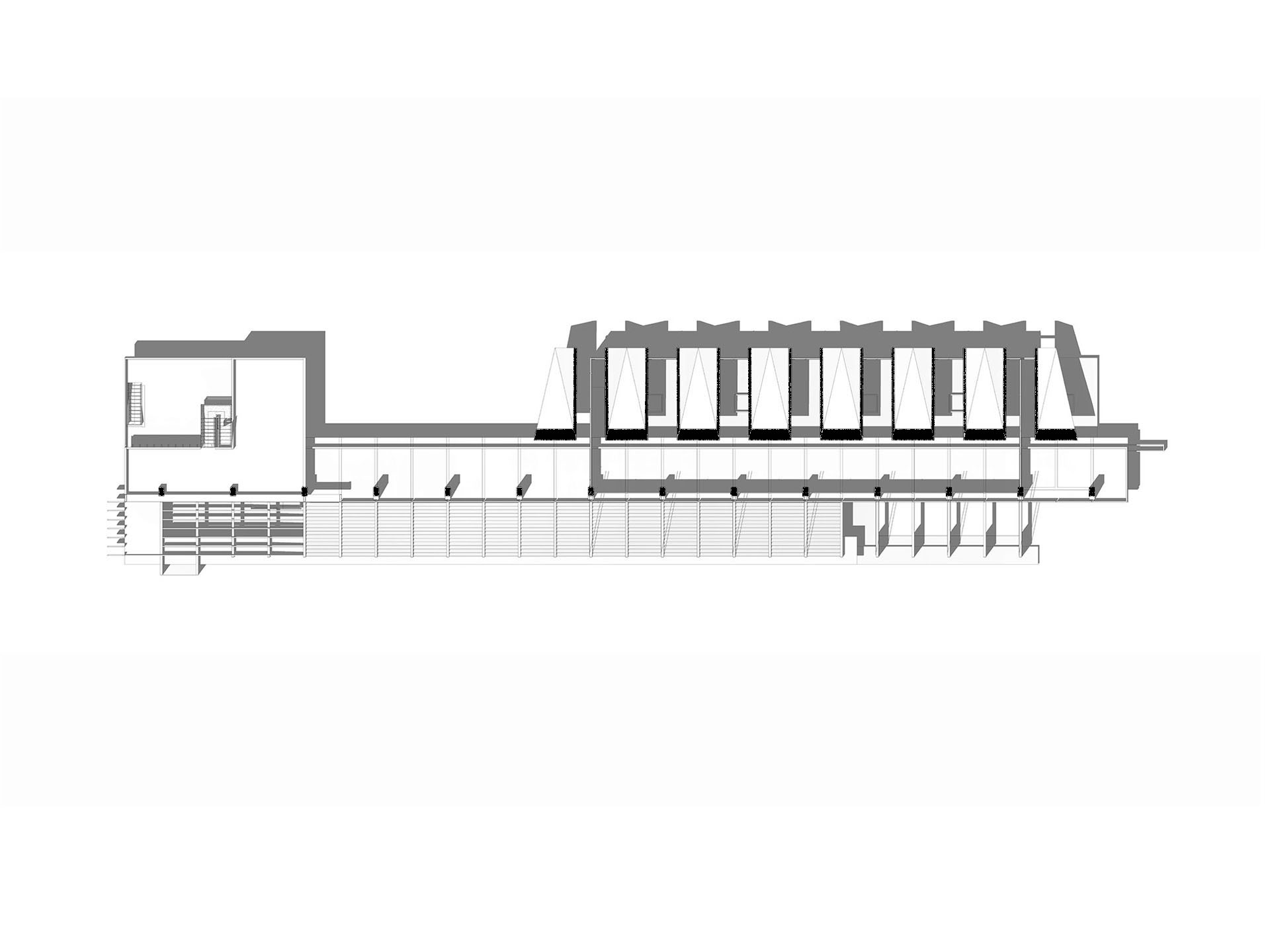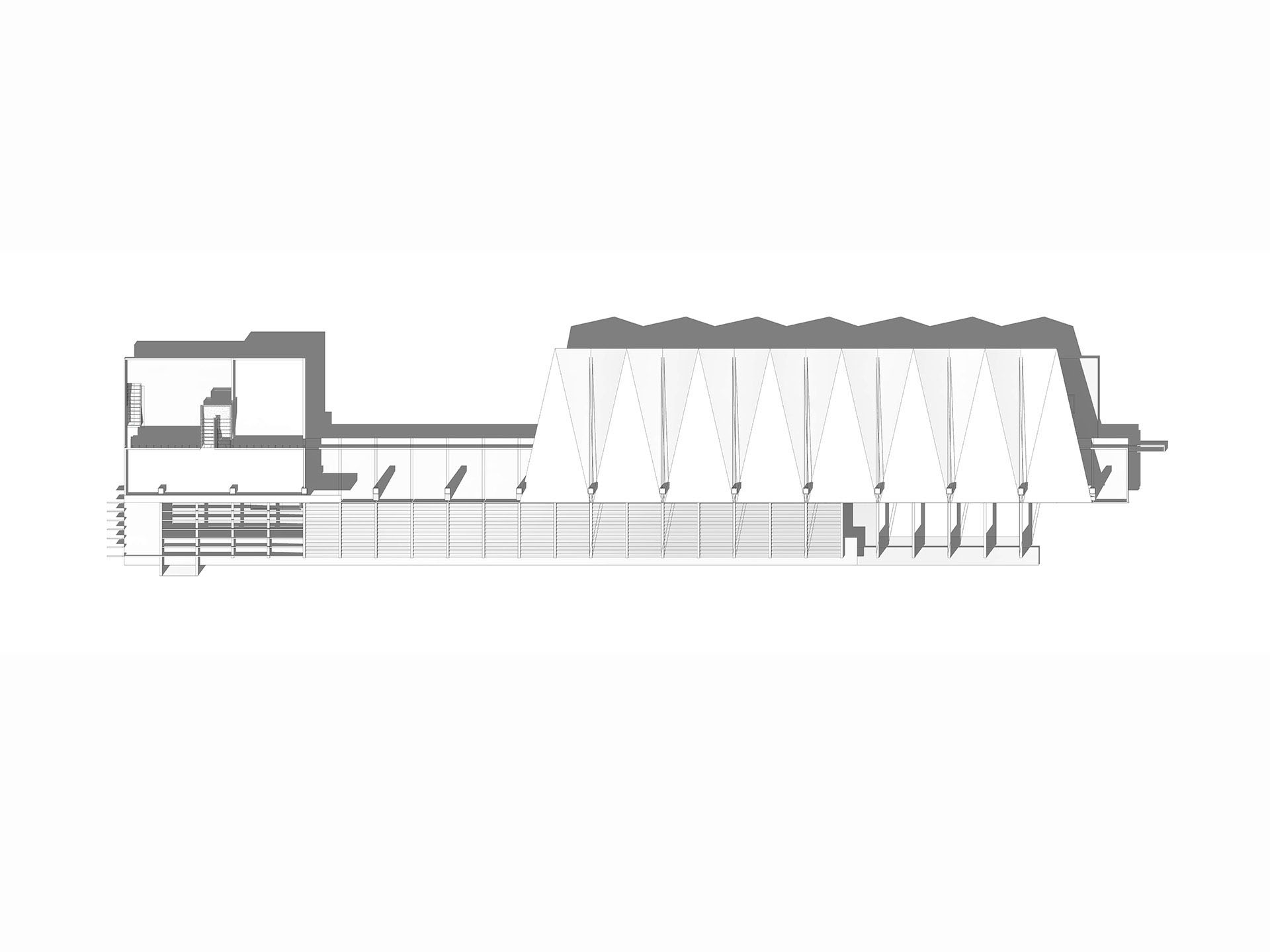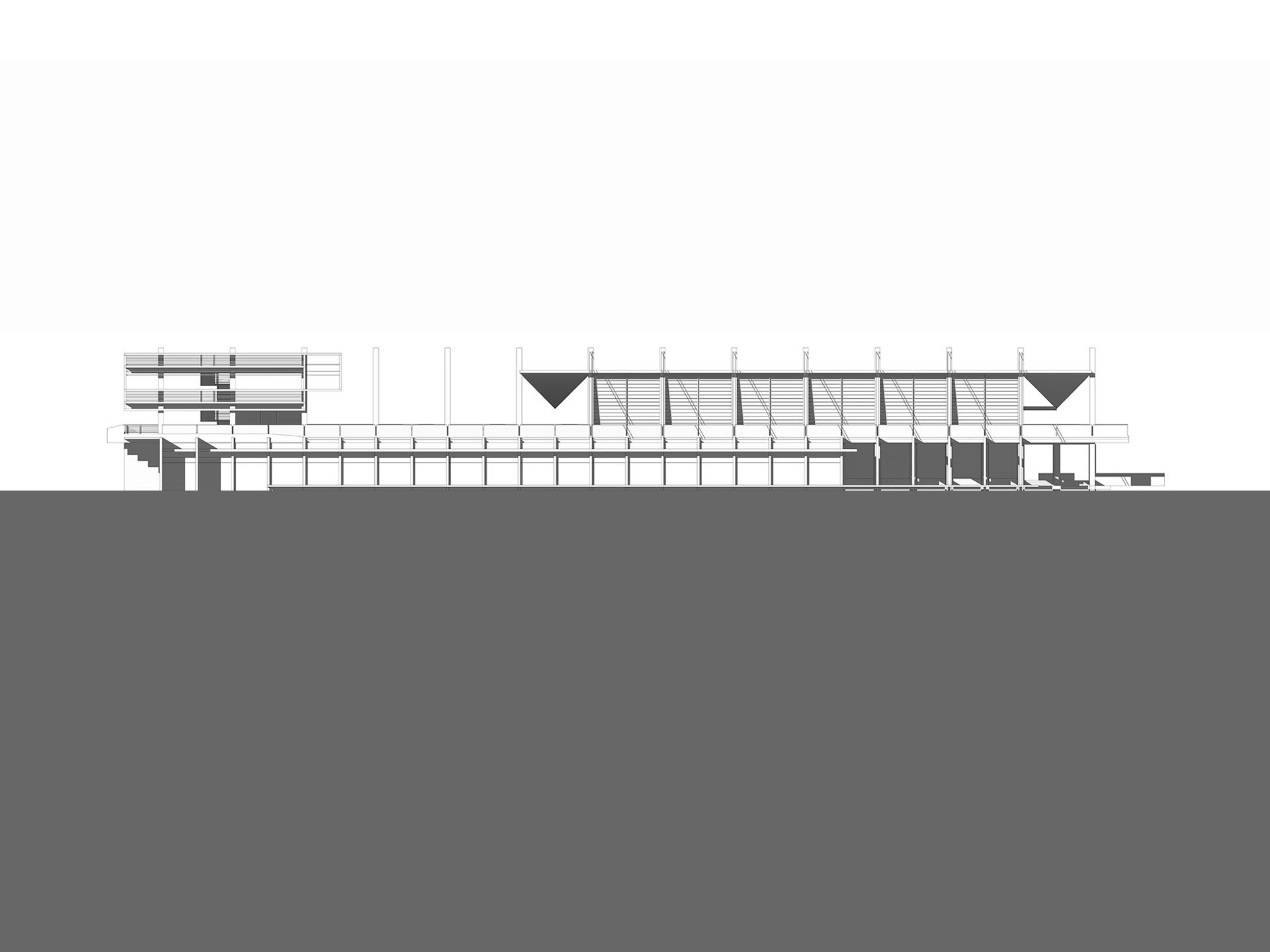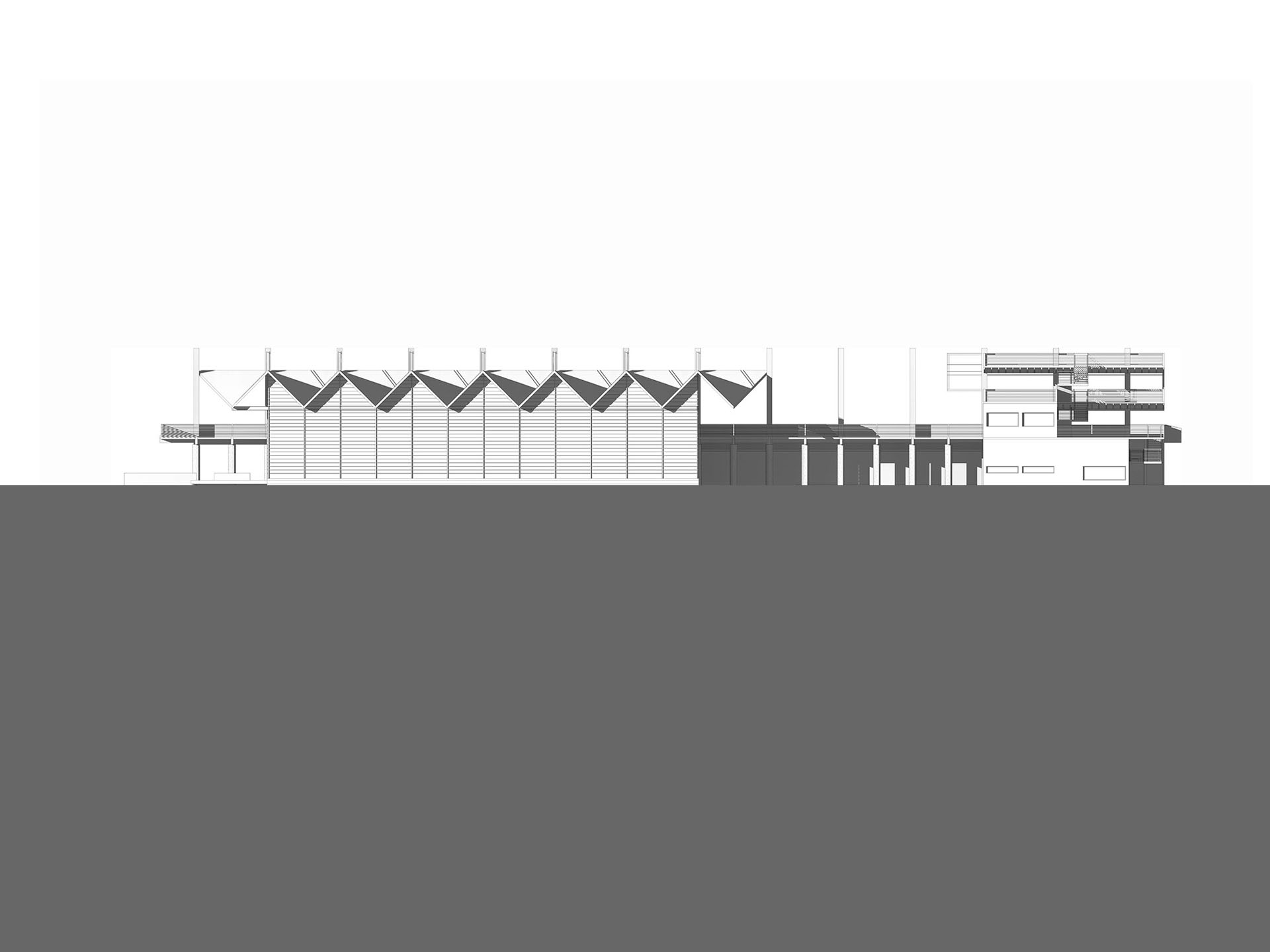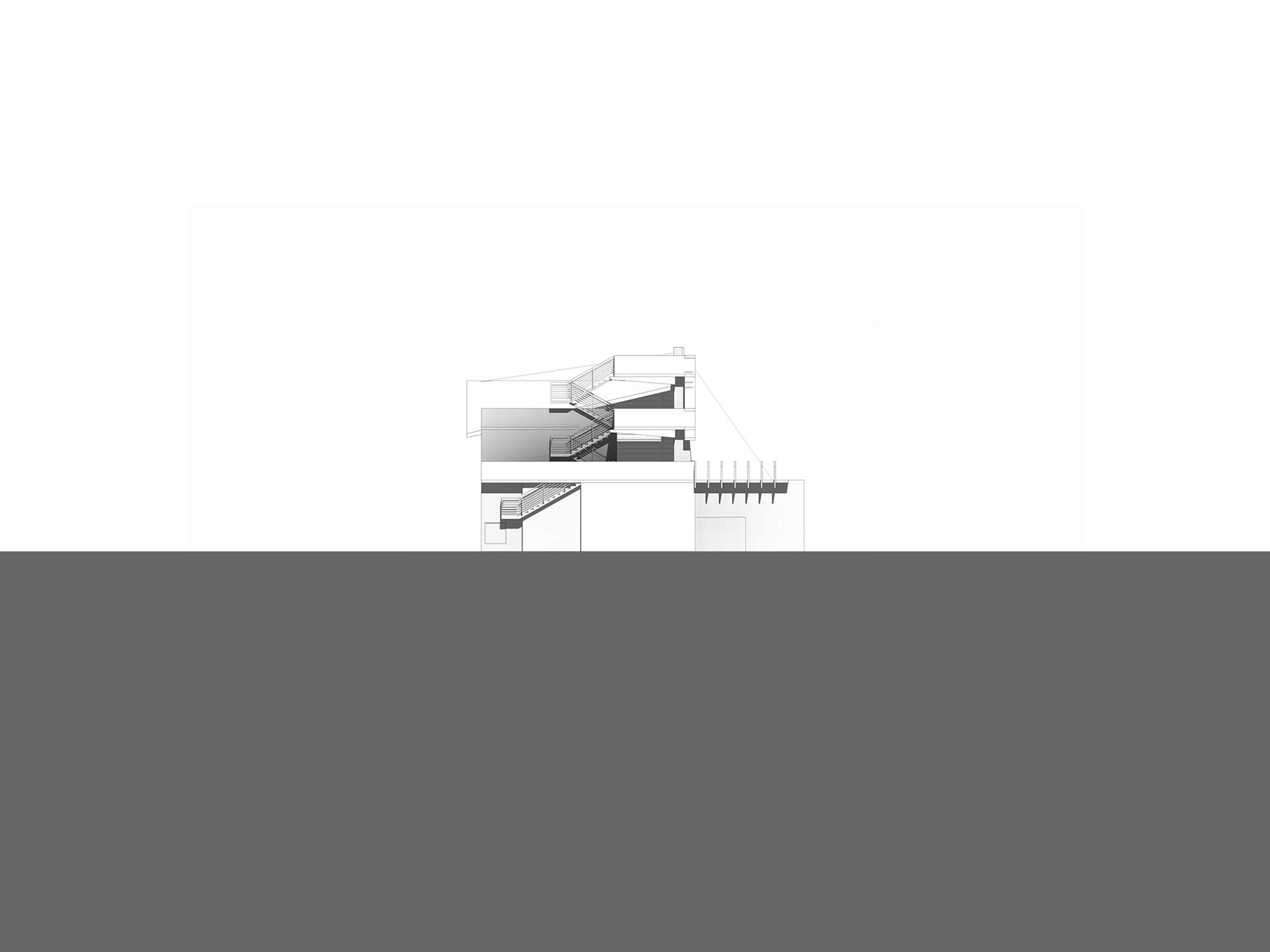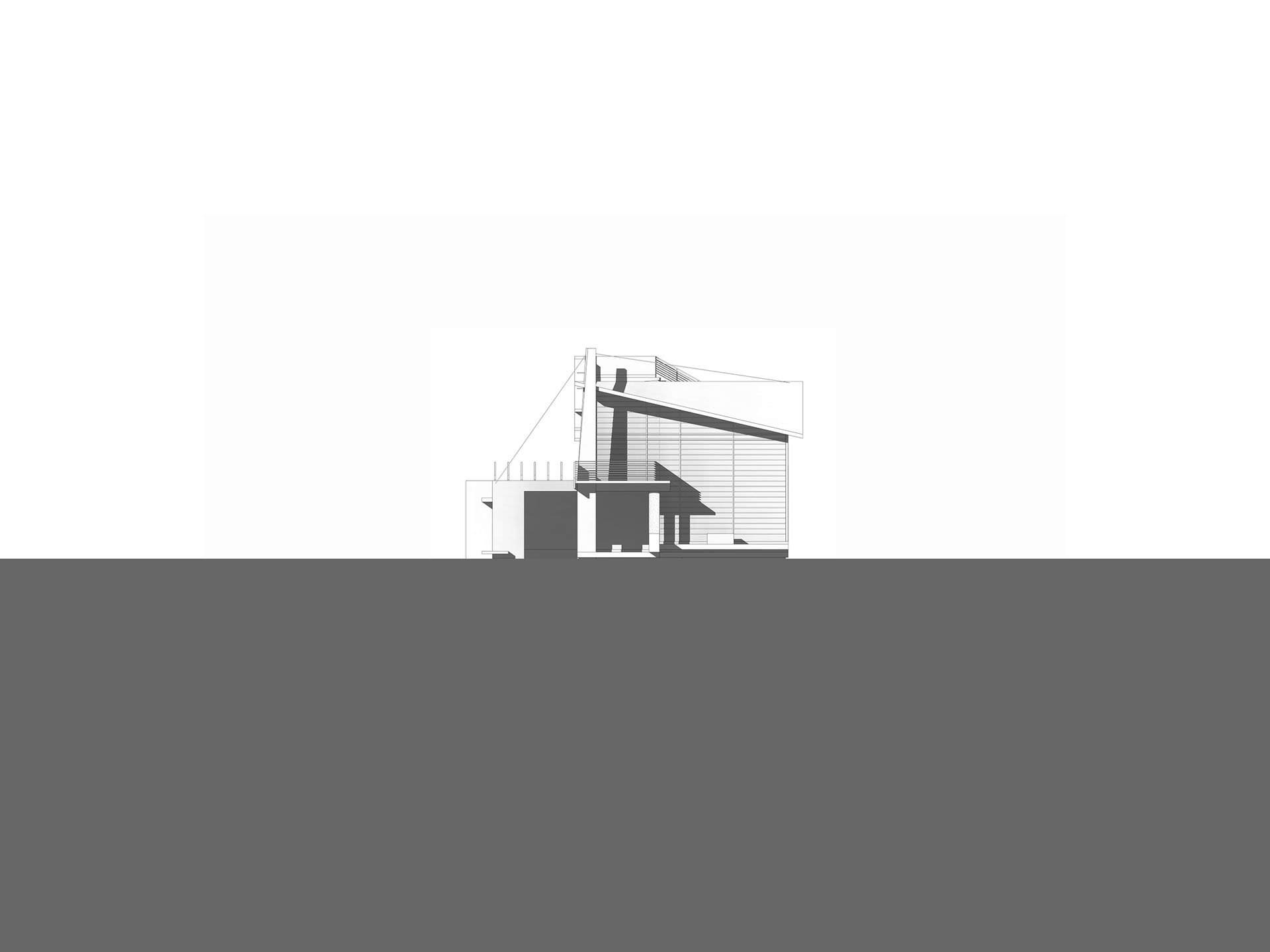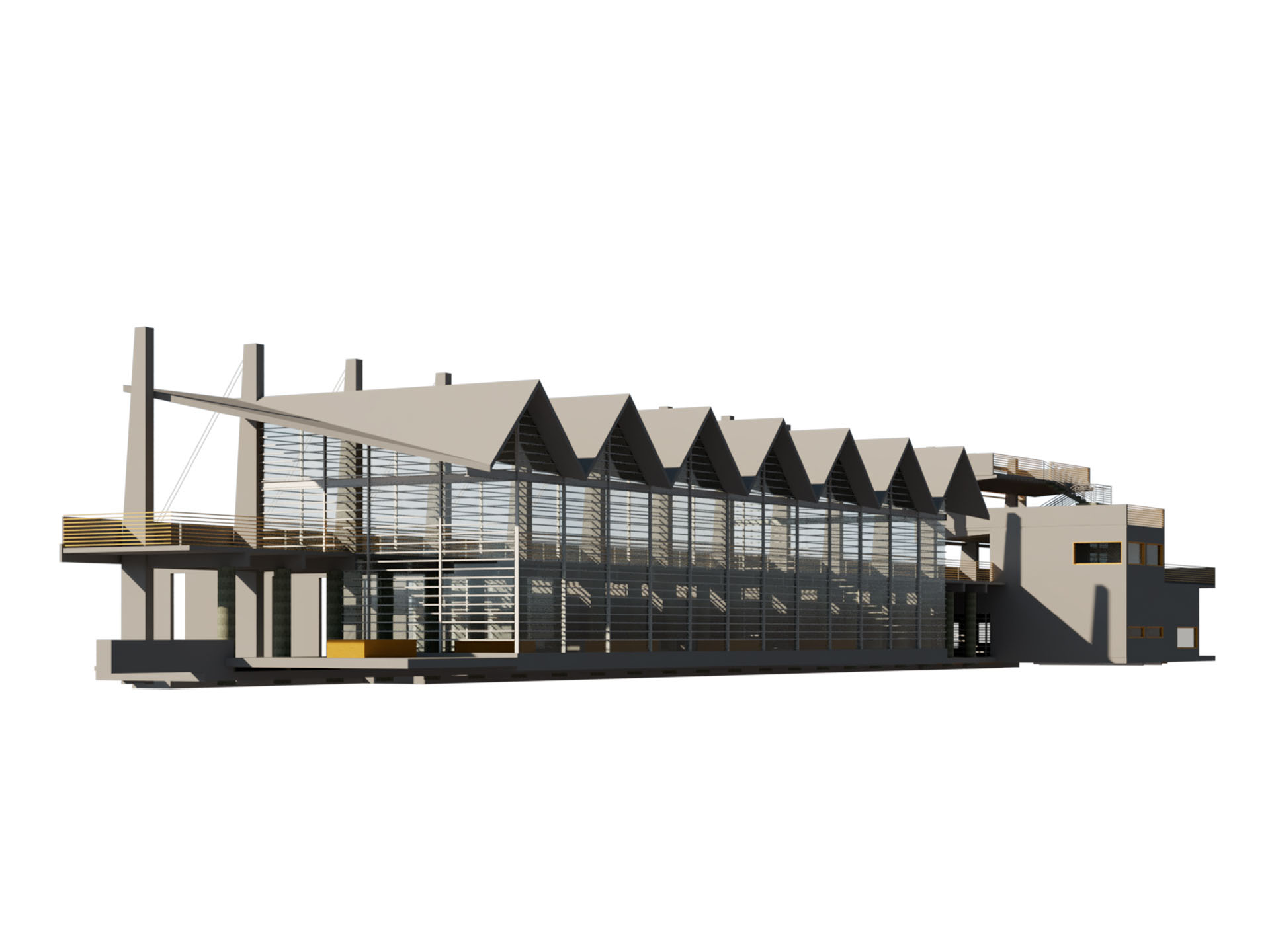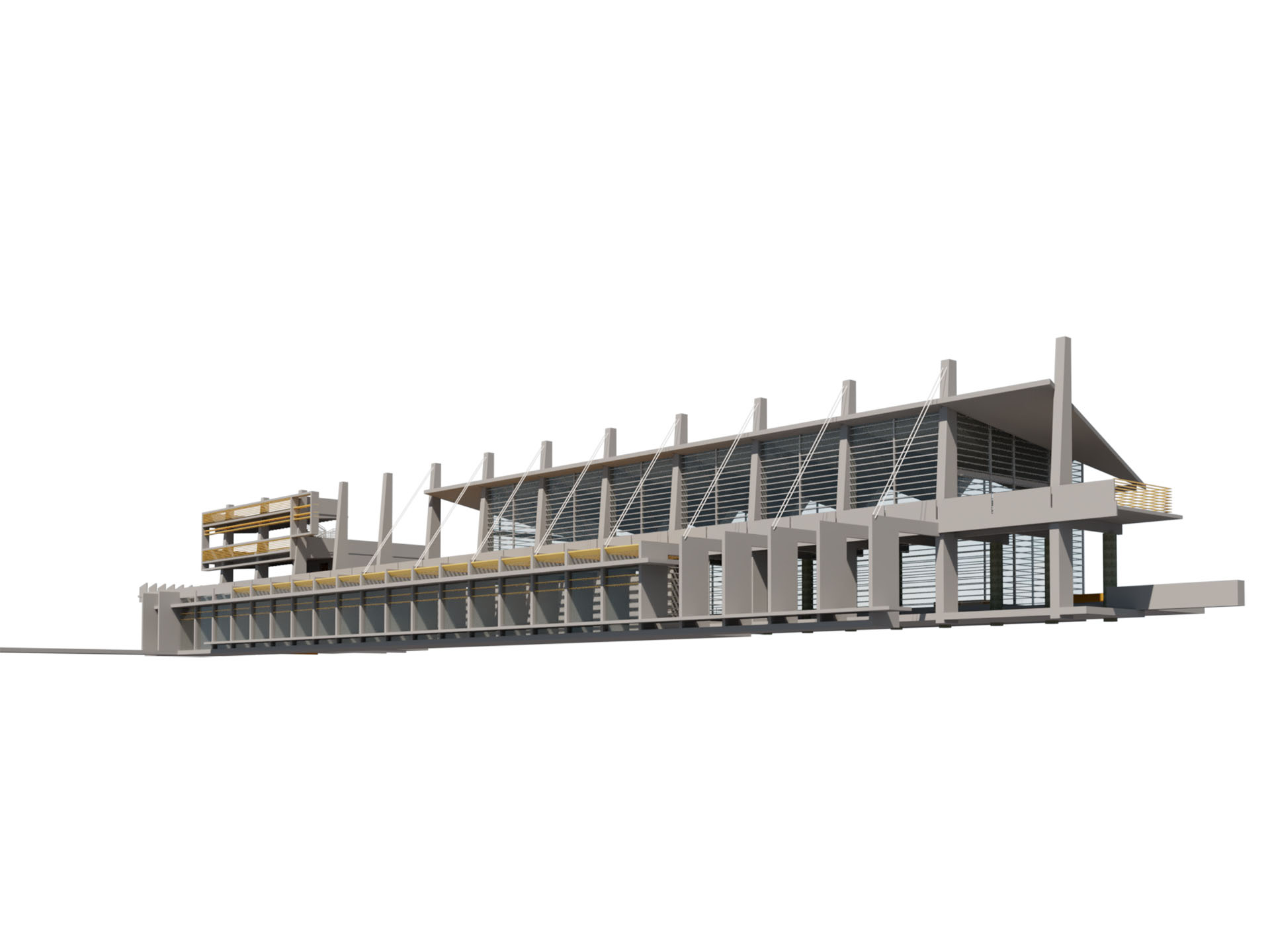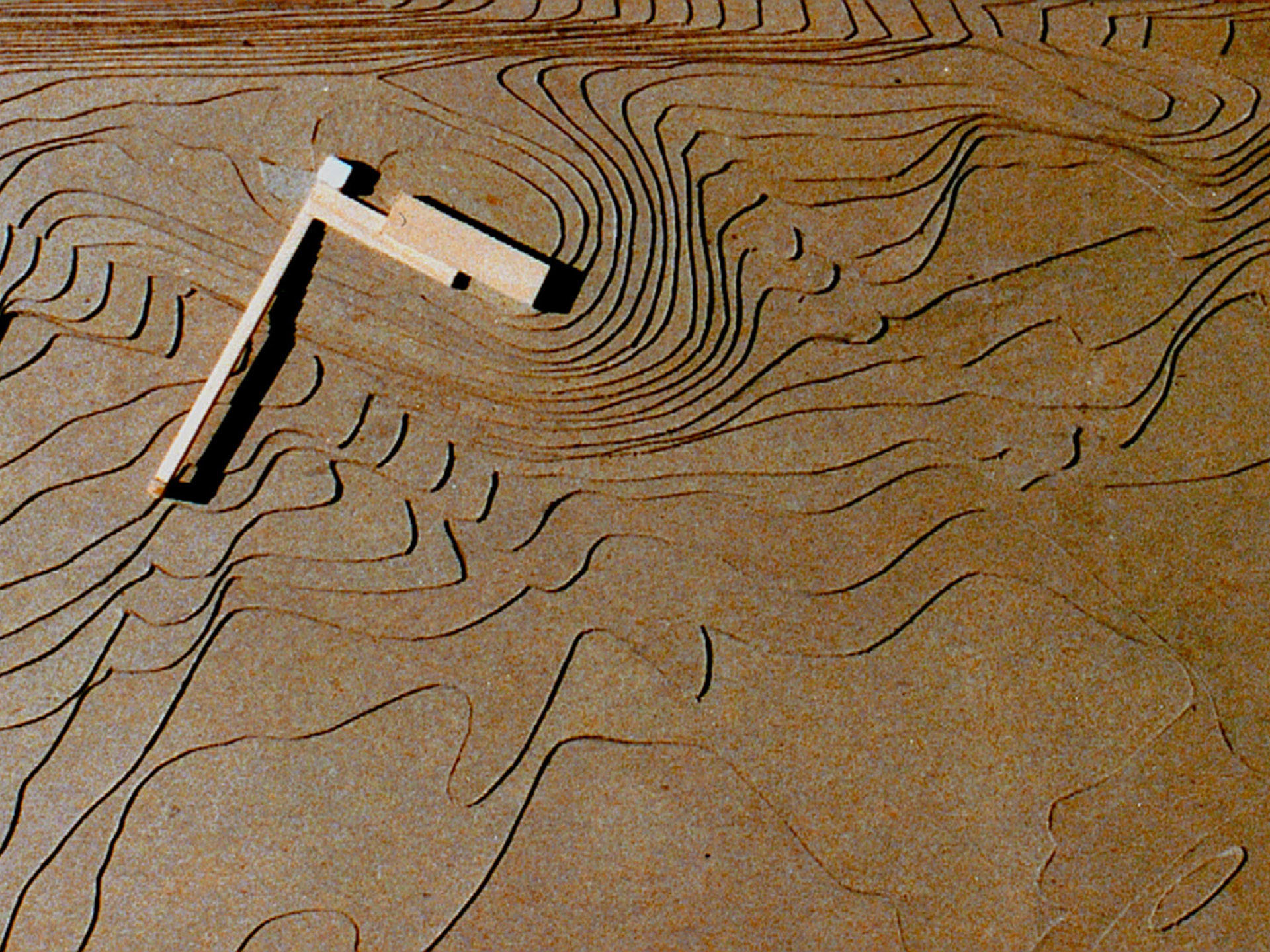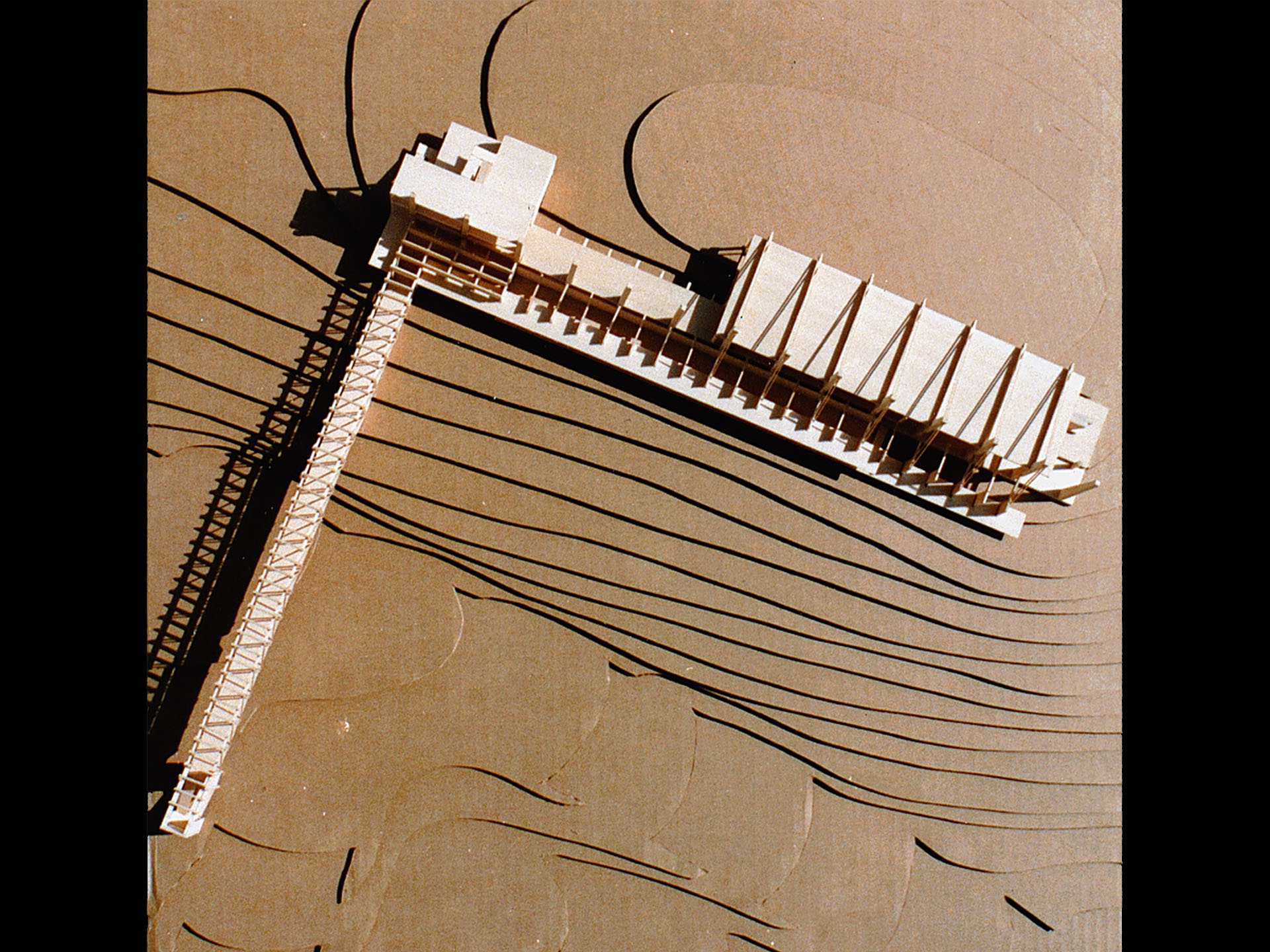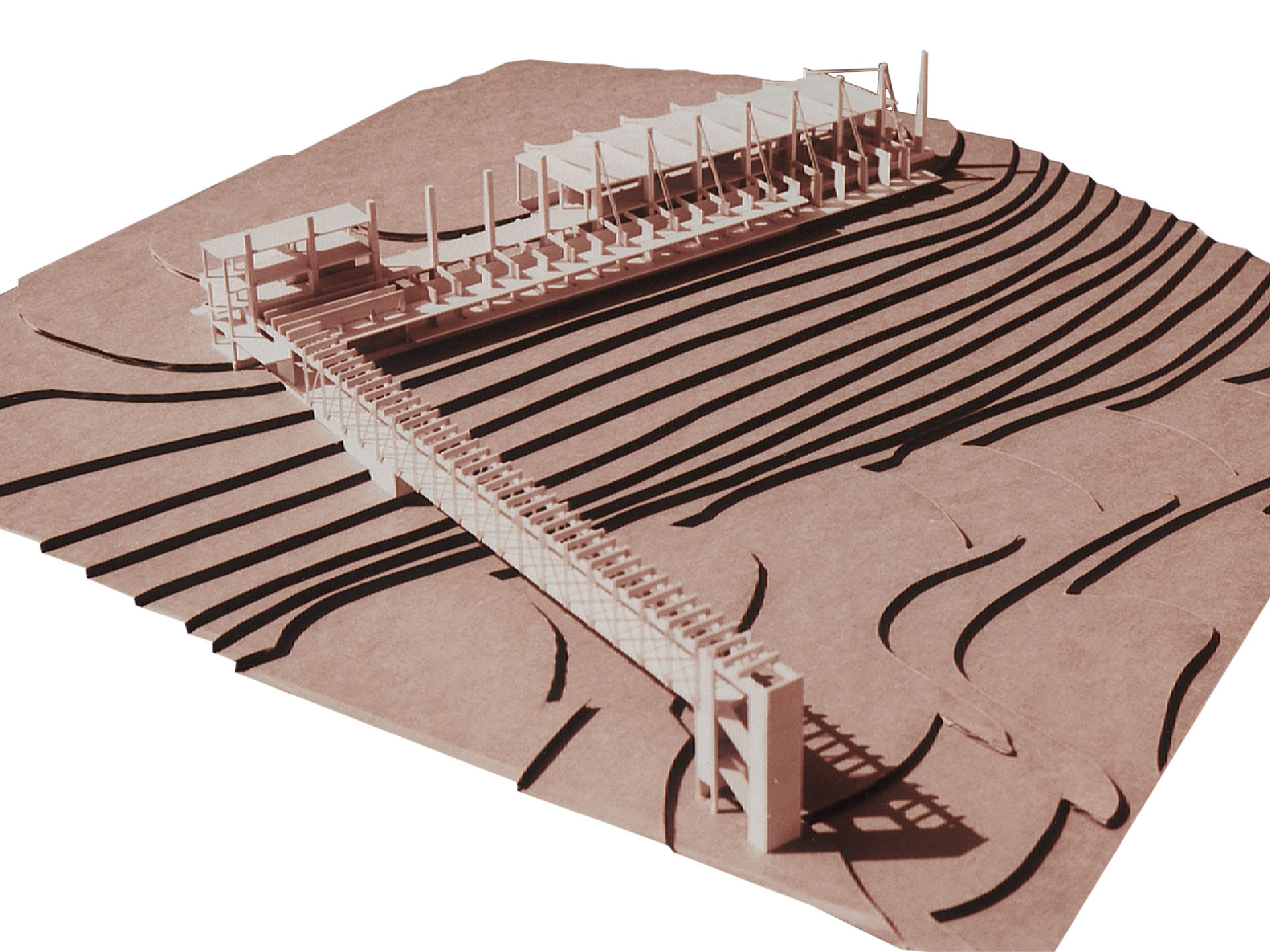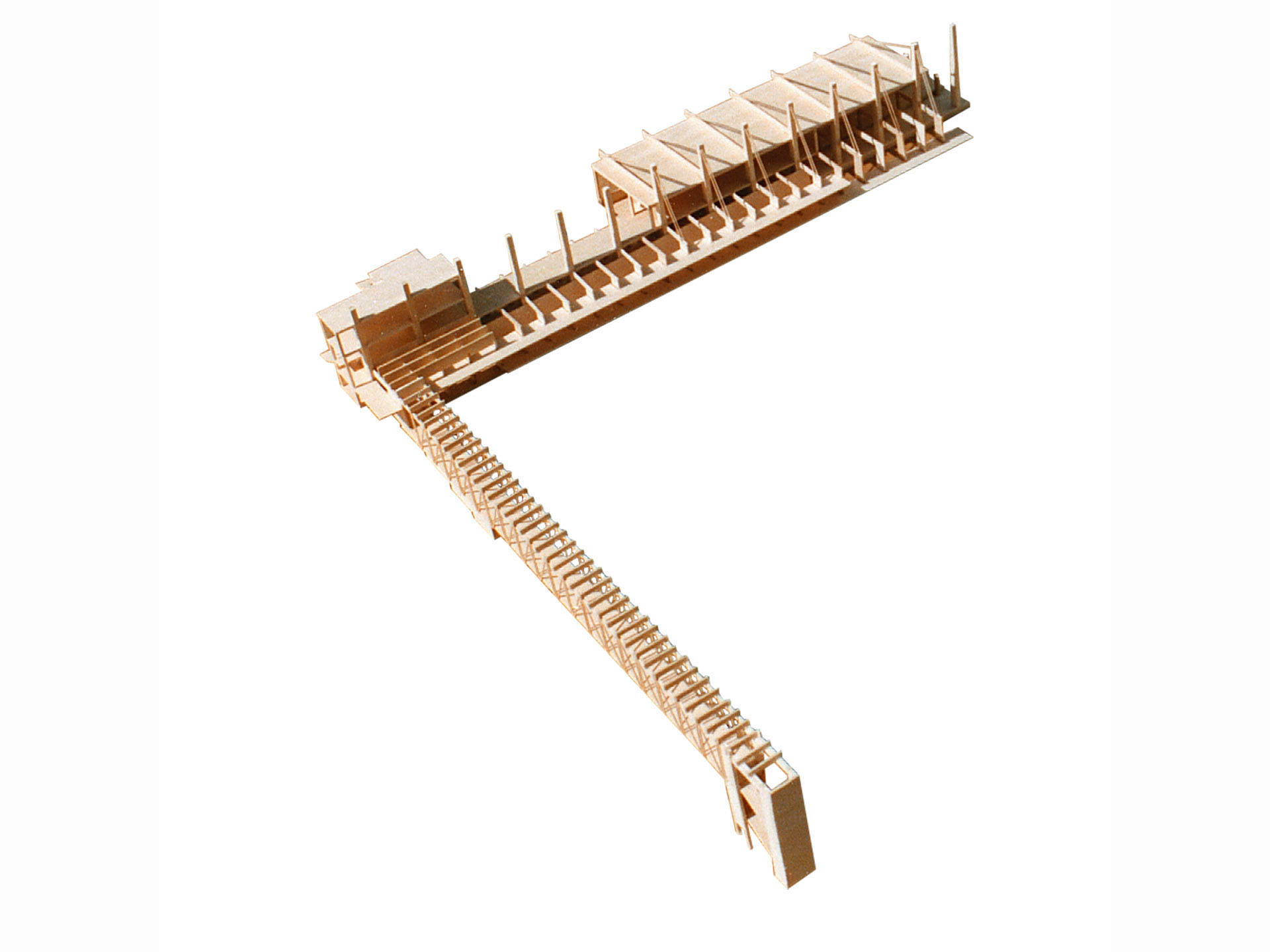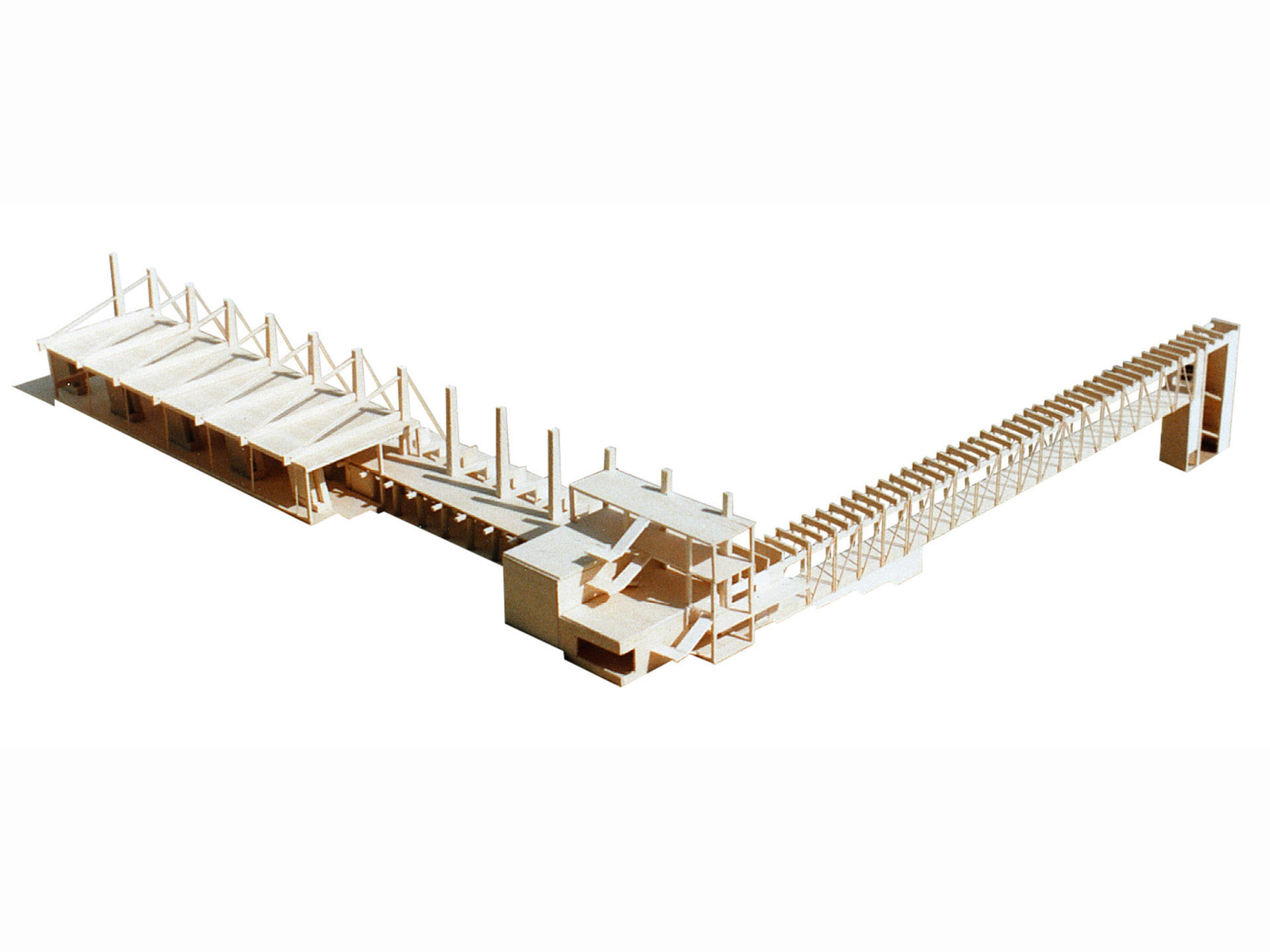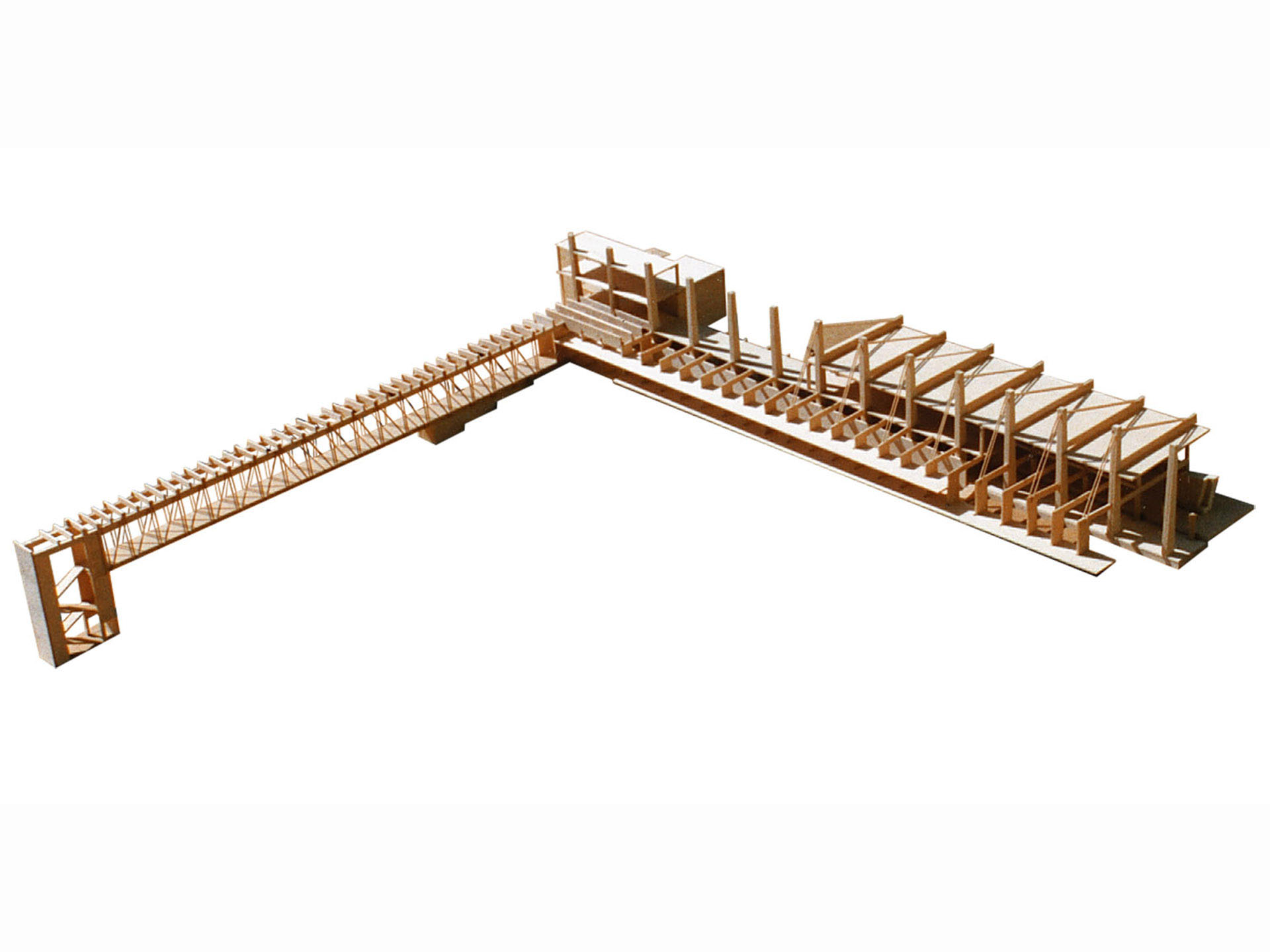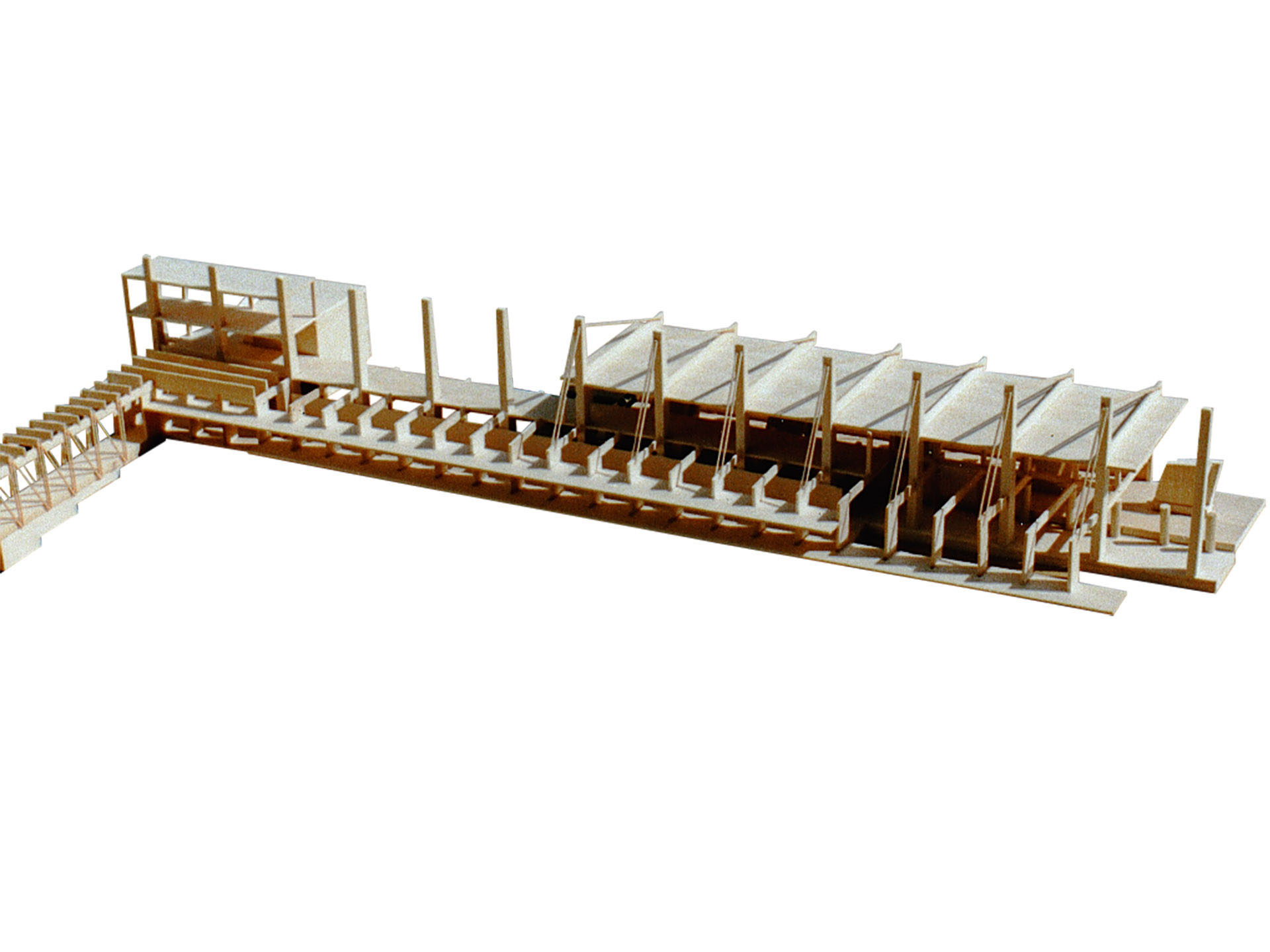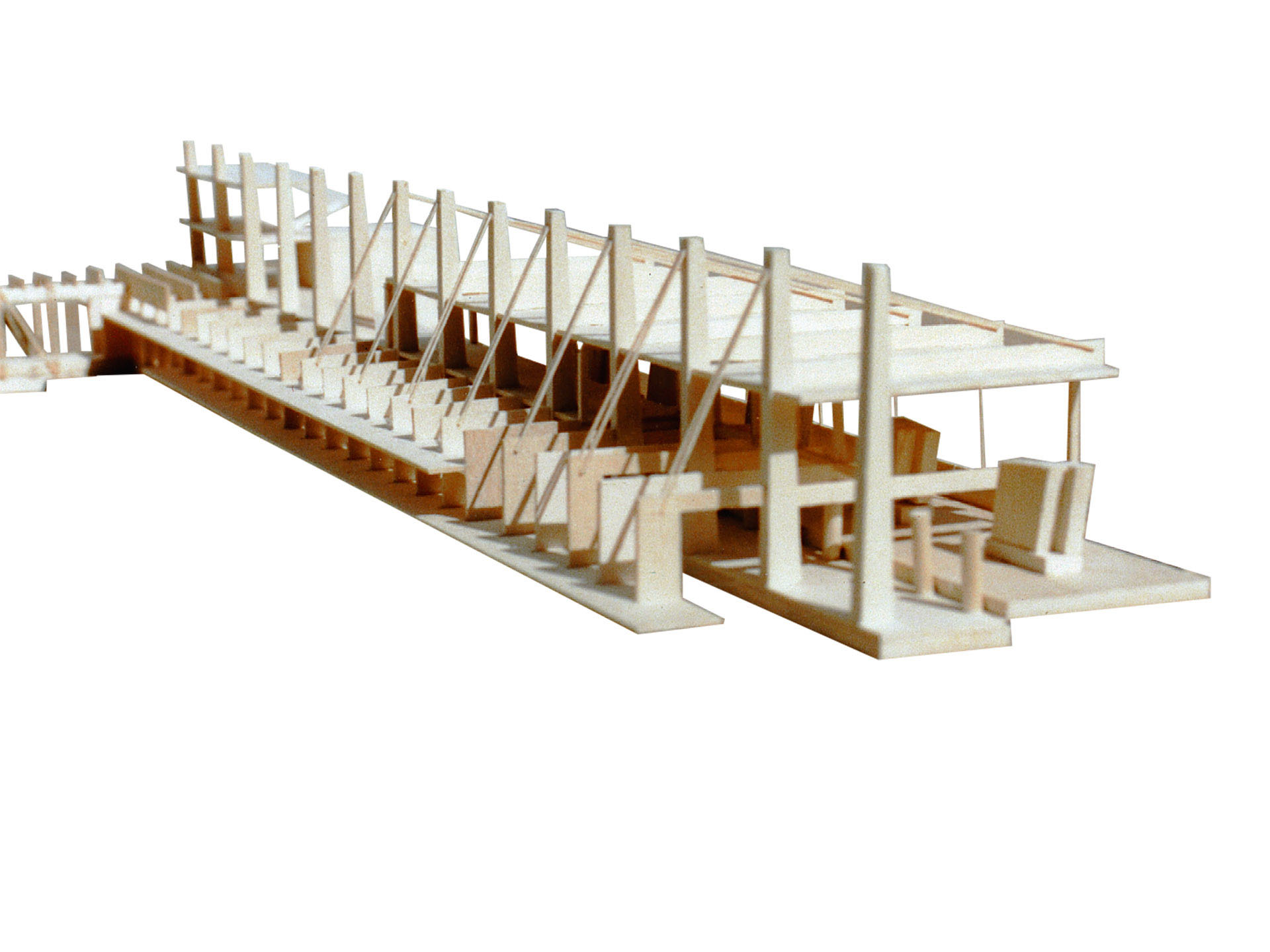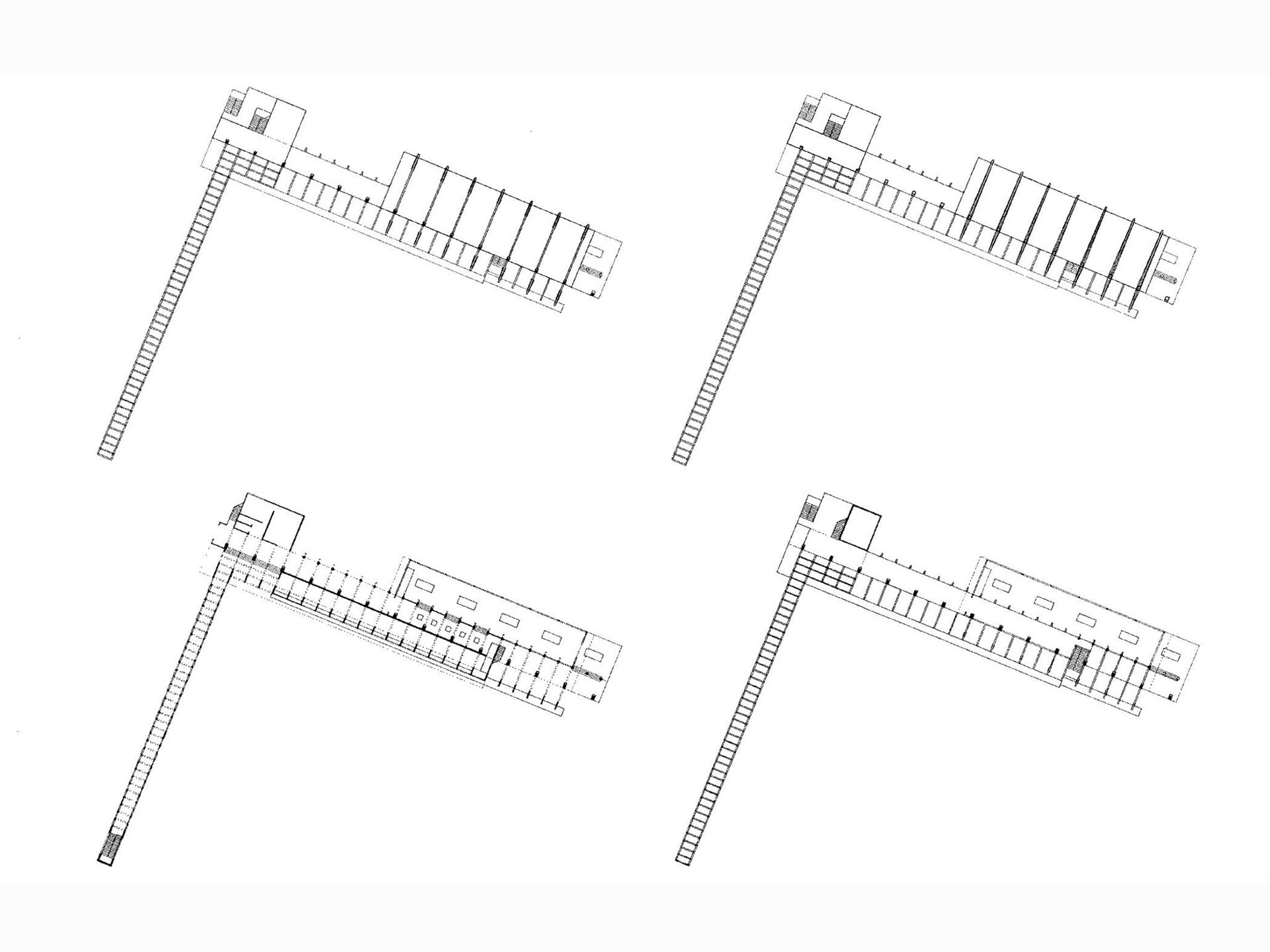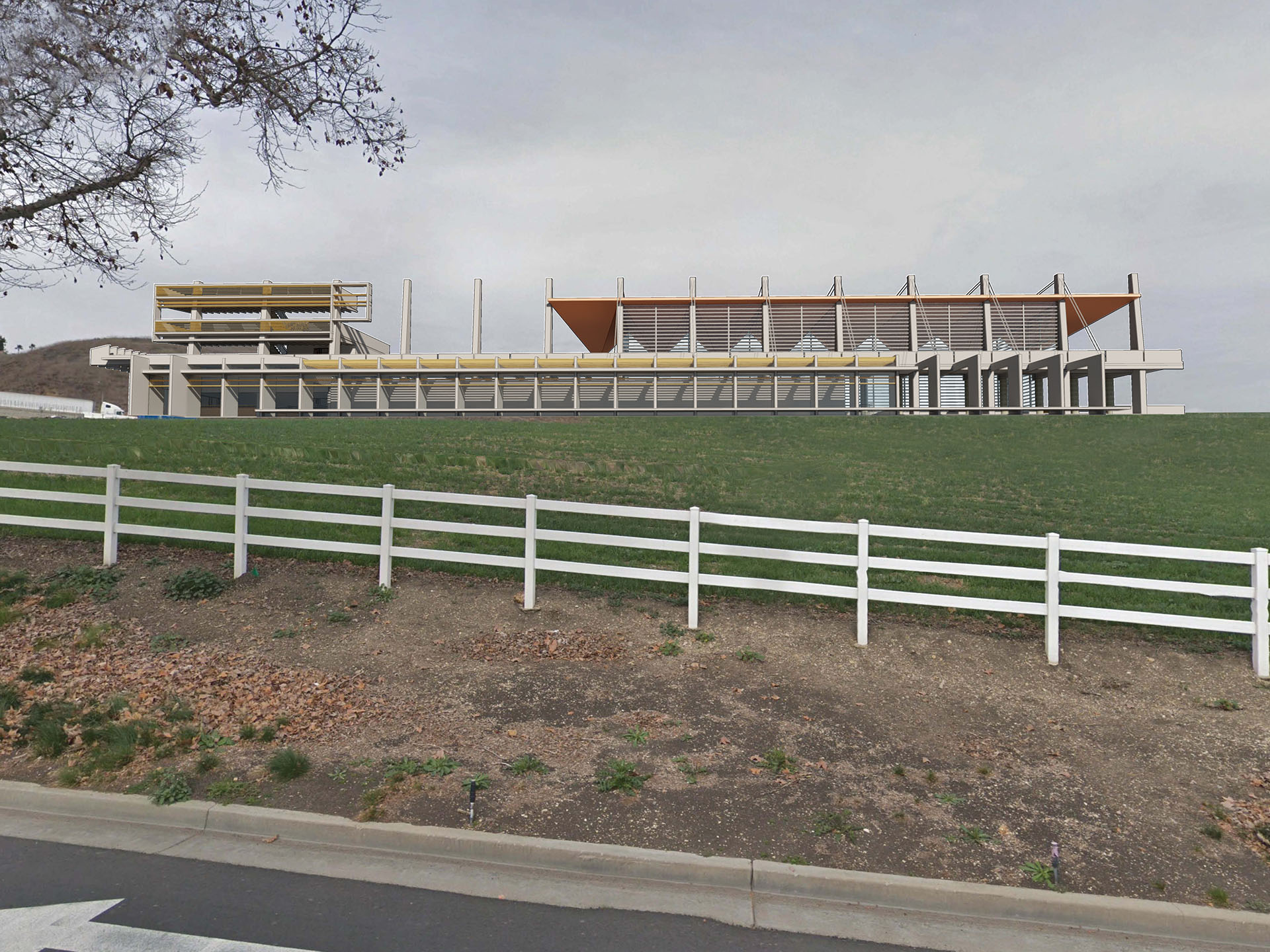
Muybridge Museum
Framing Motion
Eadweard Muybridge was a photographer primarily known for his photographic work regarding bodies in motion, influencing the birth of motion pictures, stop-motion animation, and more recently to innovations such as “bullet time” cinematography. The proposed Muybridge Museum was conceived to contain many of his numerous photographic series of bodies in motion, his biunial slide lantern, zoopraxiscope projector, as well as a replica of the stagecoach which had impacted his future, and a sculpure of the horse, Occident, which was the subject of his first motion series.
The museum is organized as two main spaces which overlap to create a third, more visually isolated space. The first, linear space would contain many of the motion picture series arranged in a long time line which the viewer could view in sequence. The architectural language of this space echoes the repetition of the photographs, perhaps mimicking the feel of a motion picture. The third space is a large open gallery for the stagecoach and horse sculpture(s). The space created by the overlap of these two spaces would house light-sensitive photographic work and equipment more suited for darker environments.

